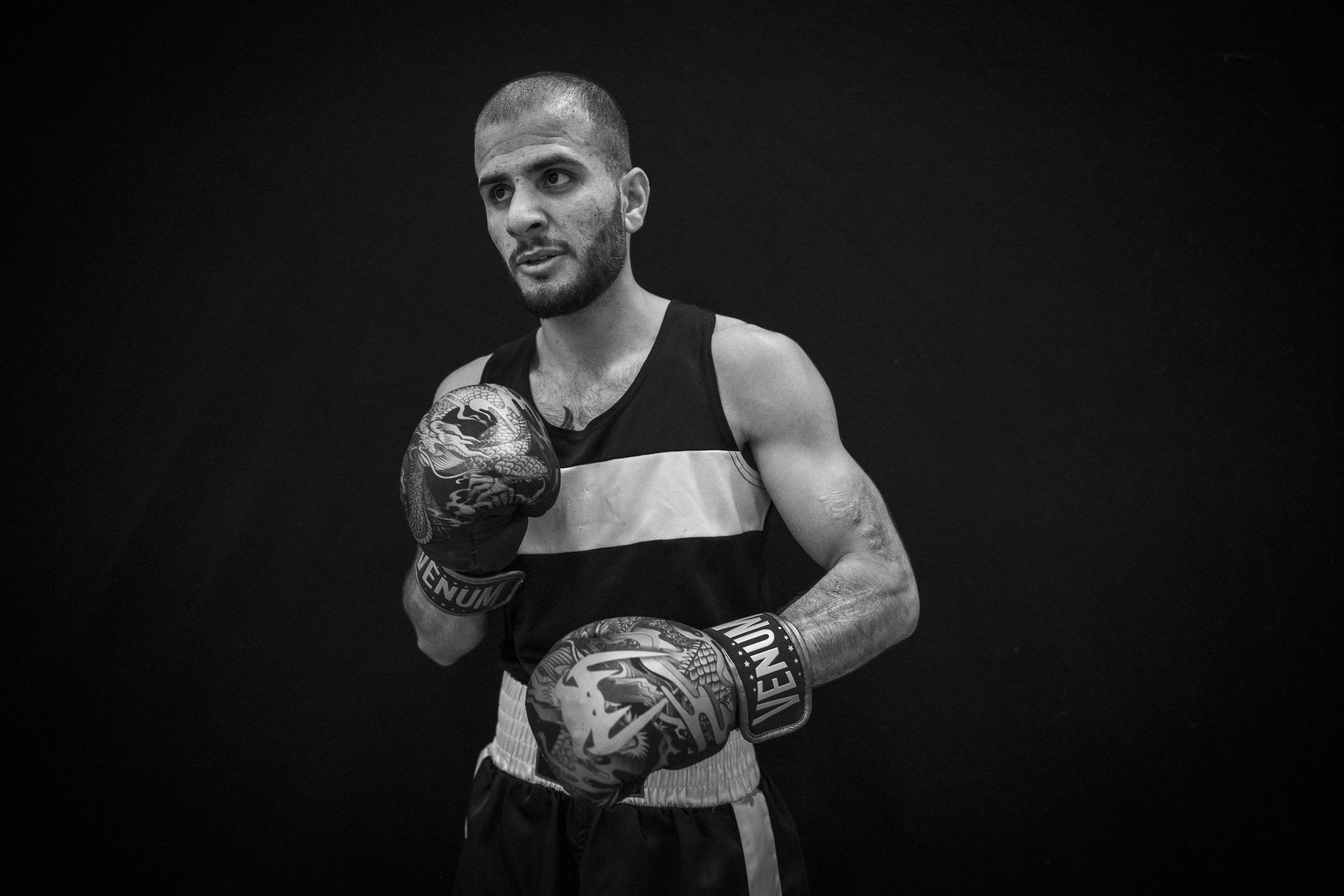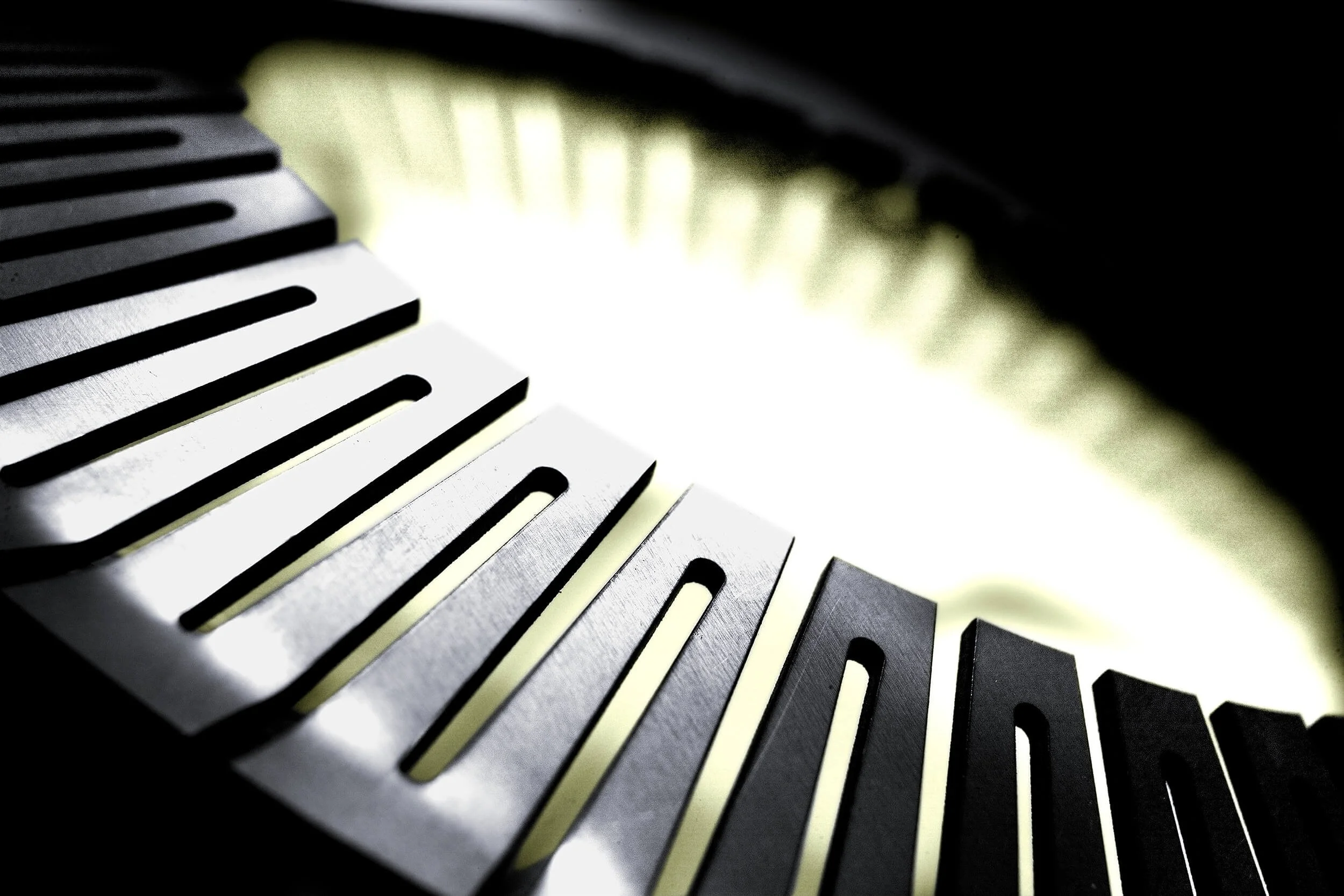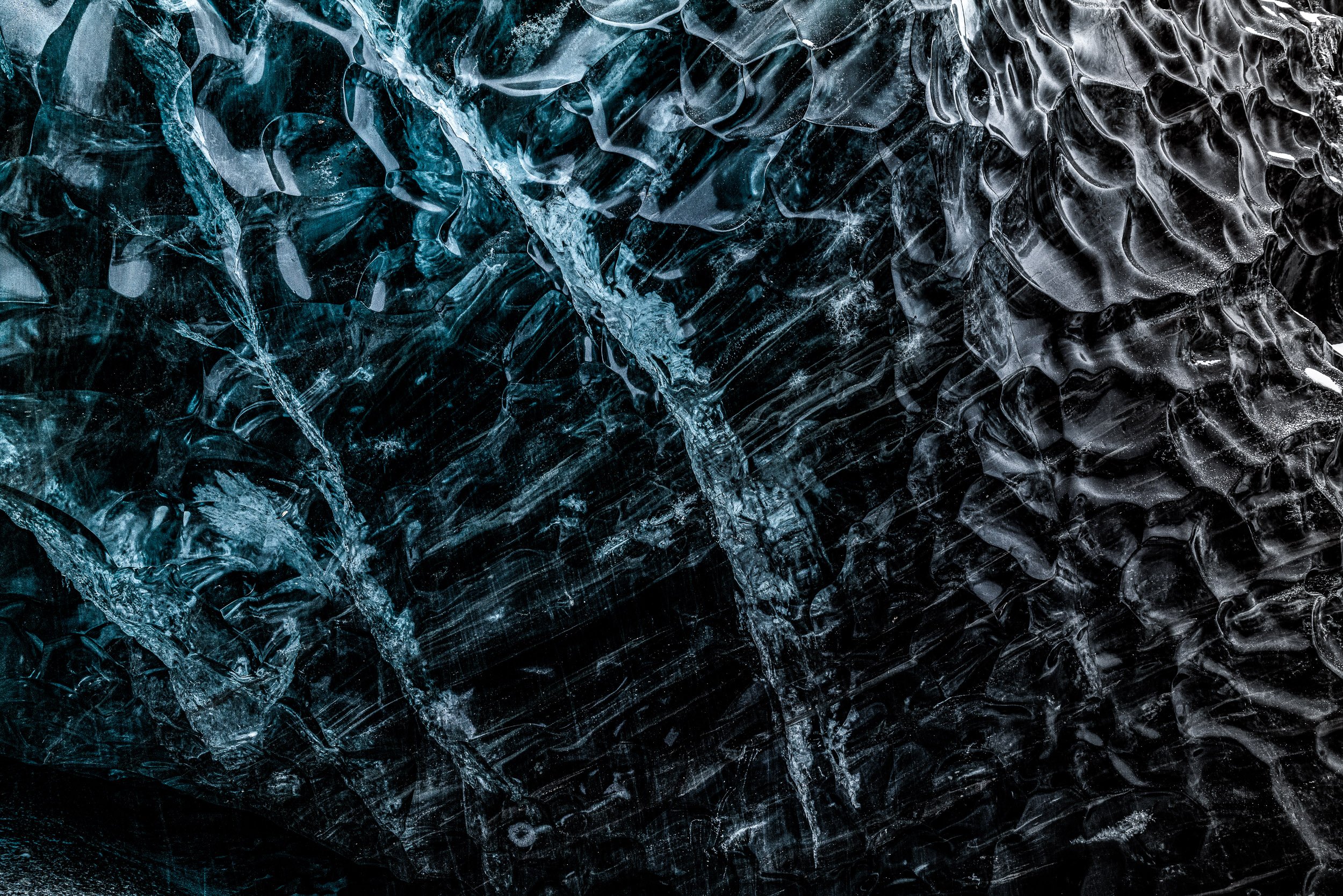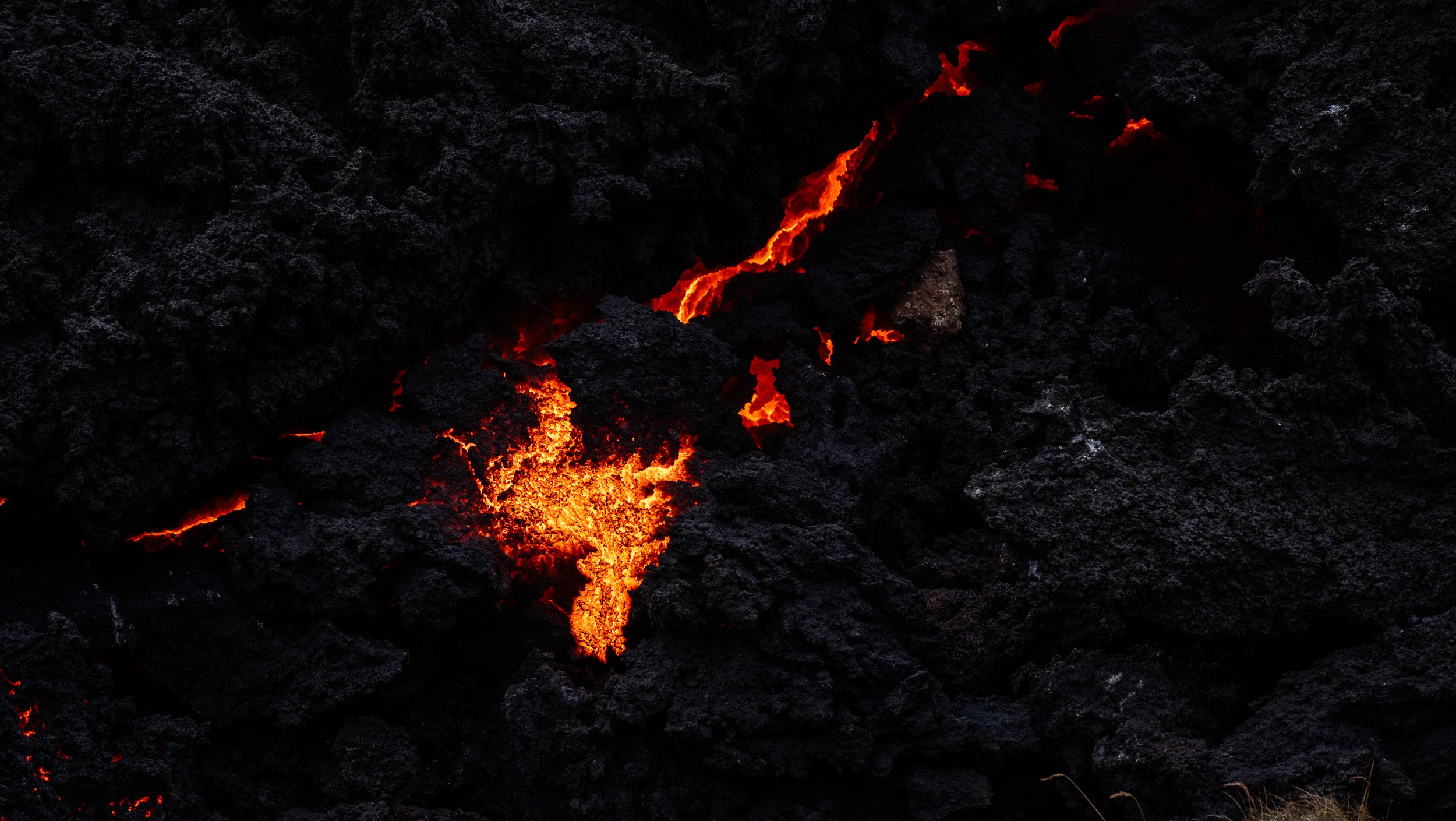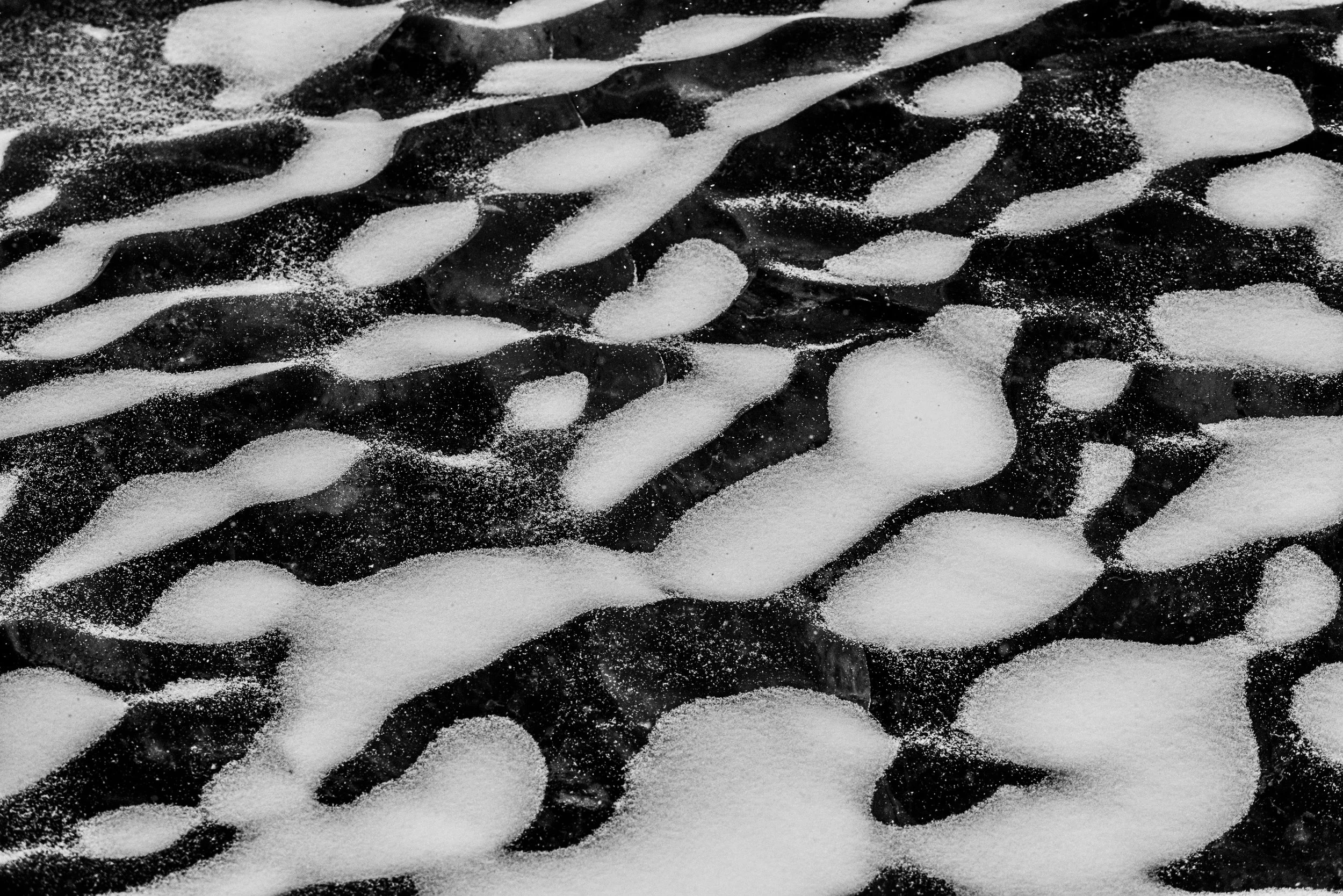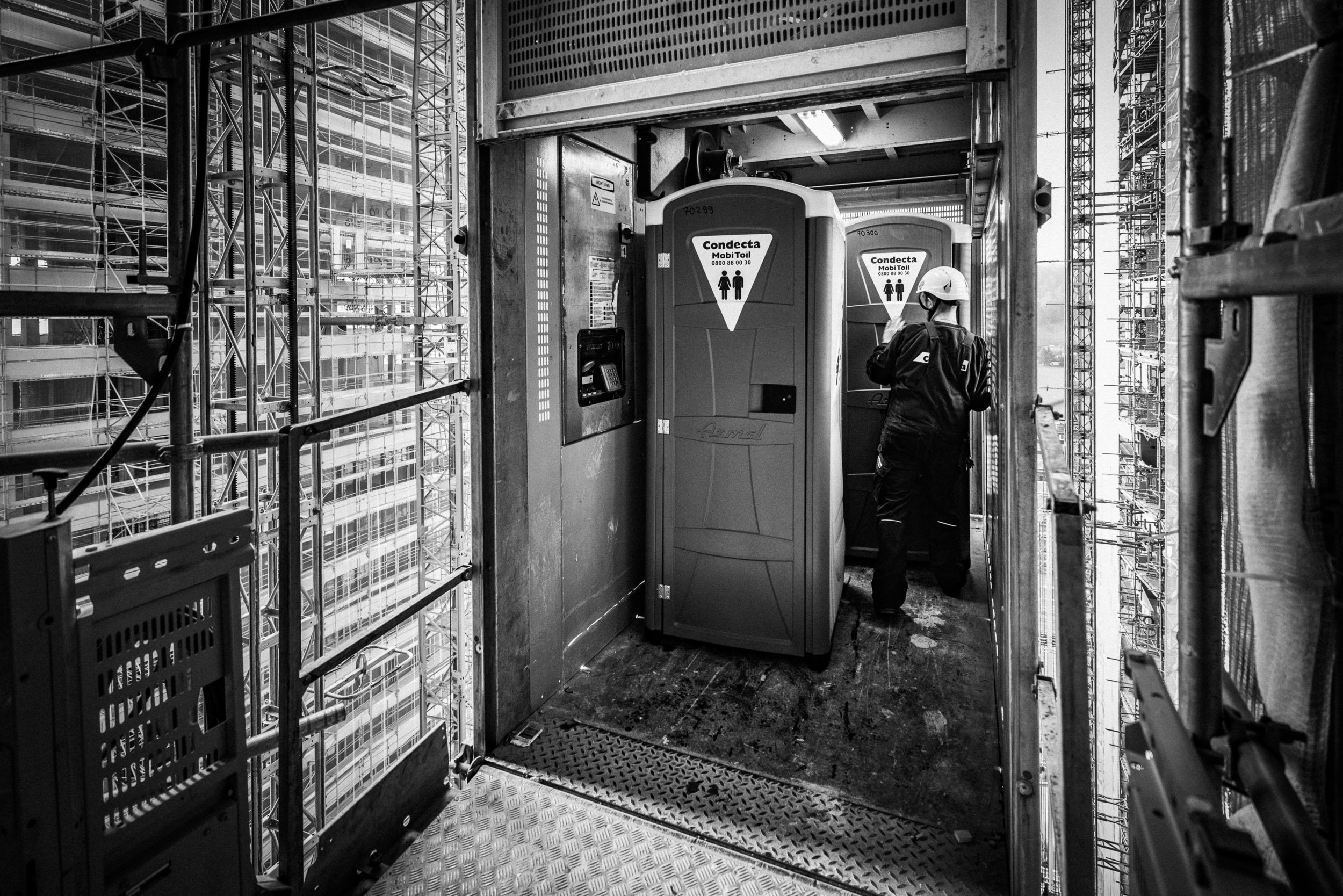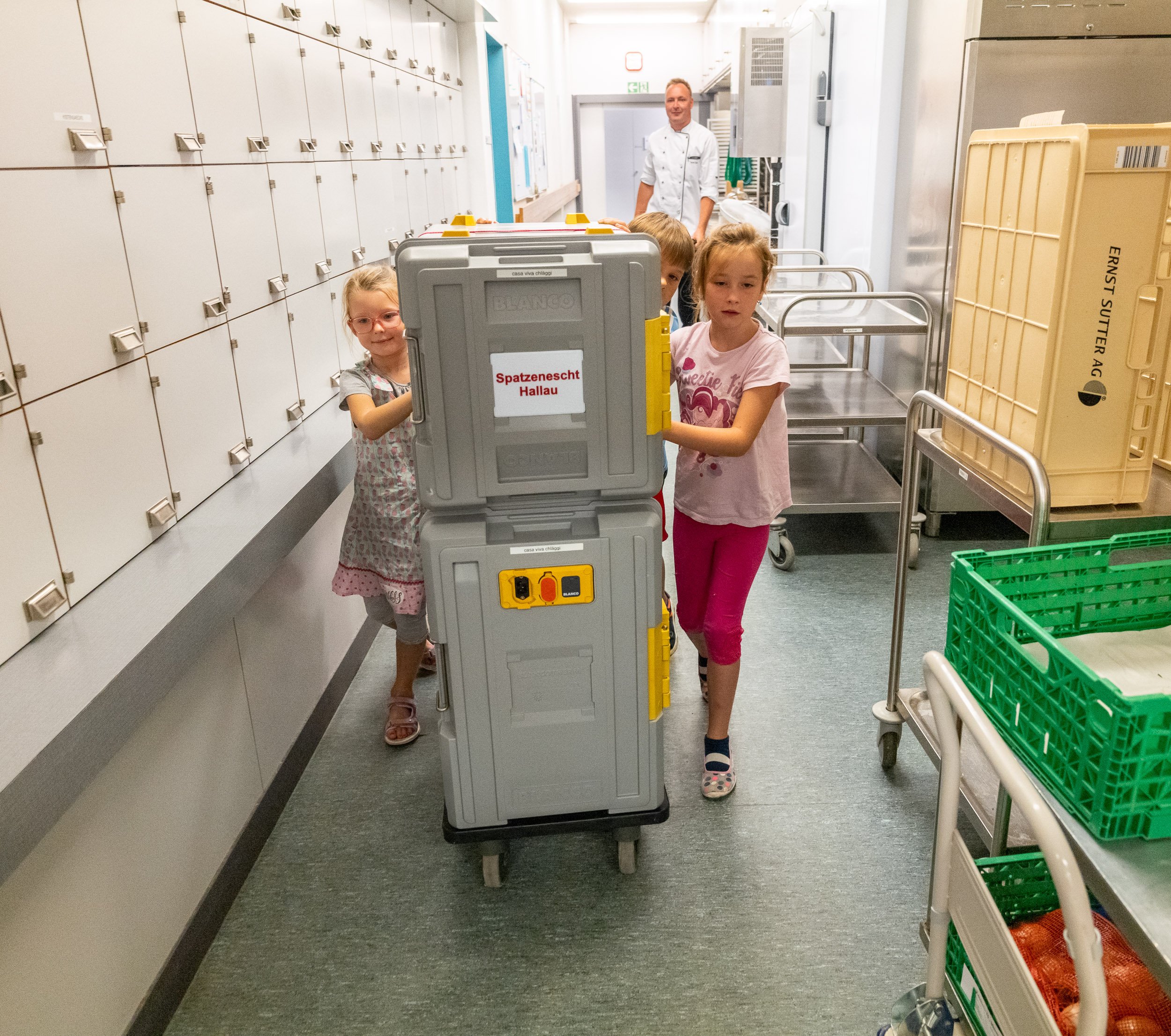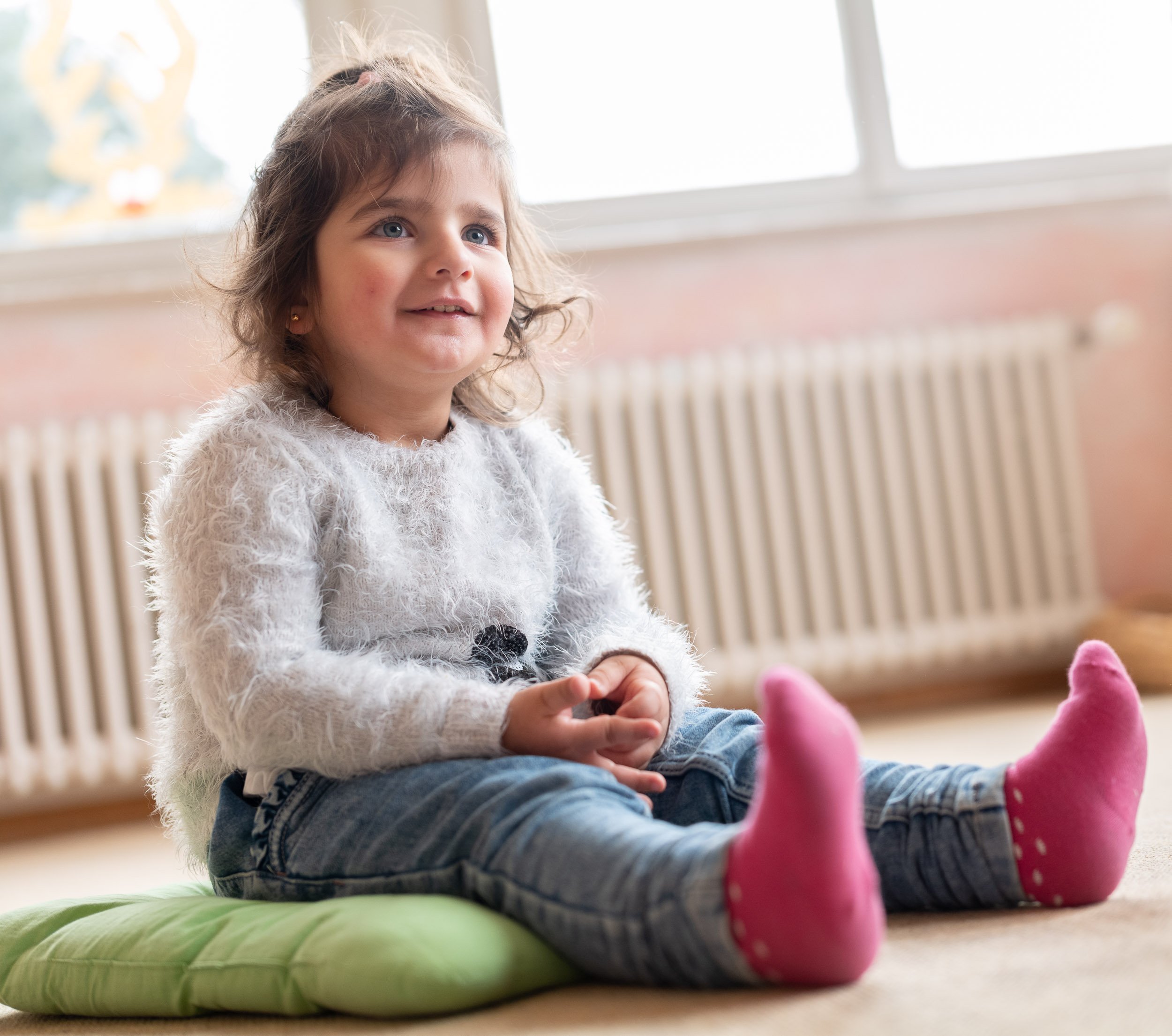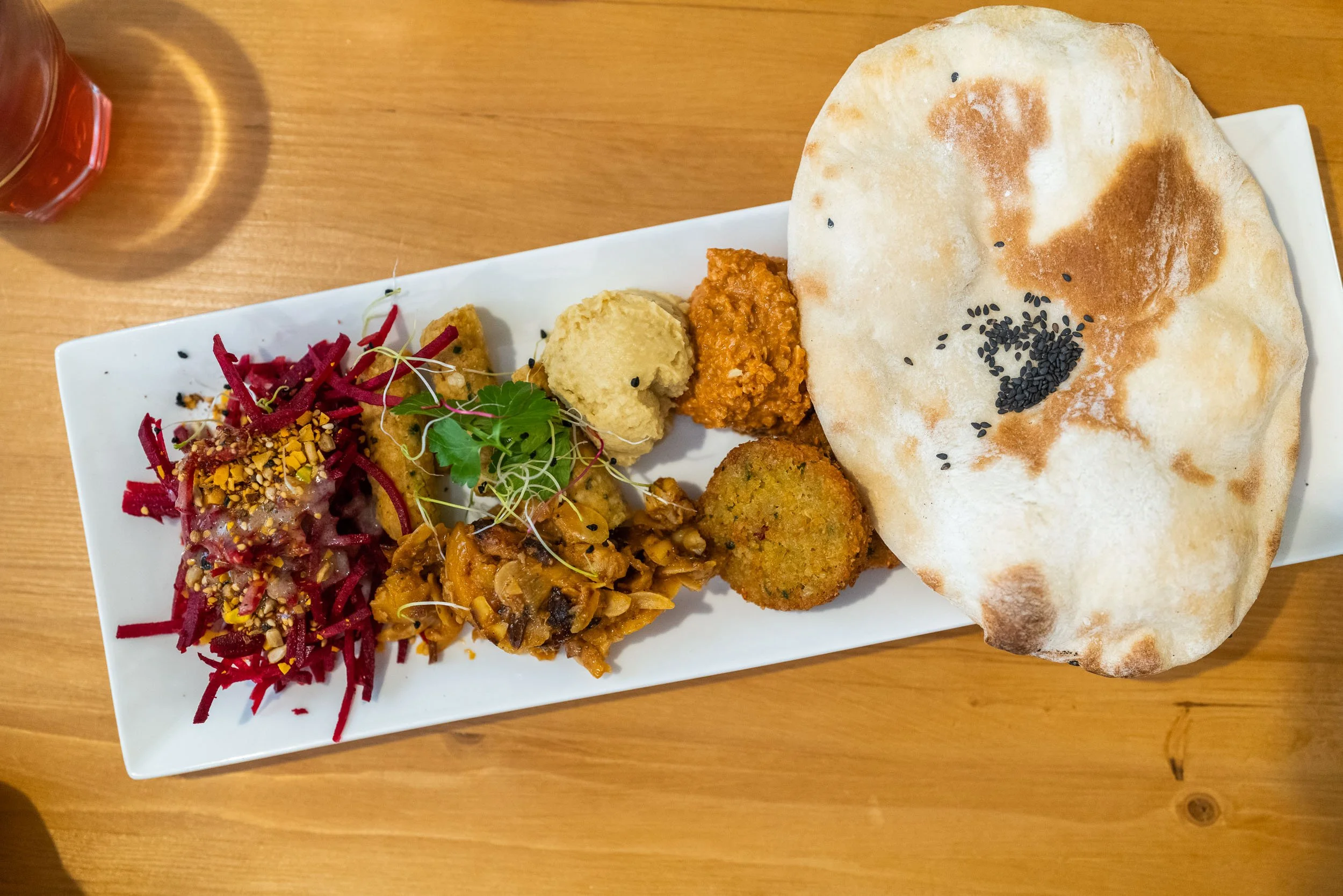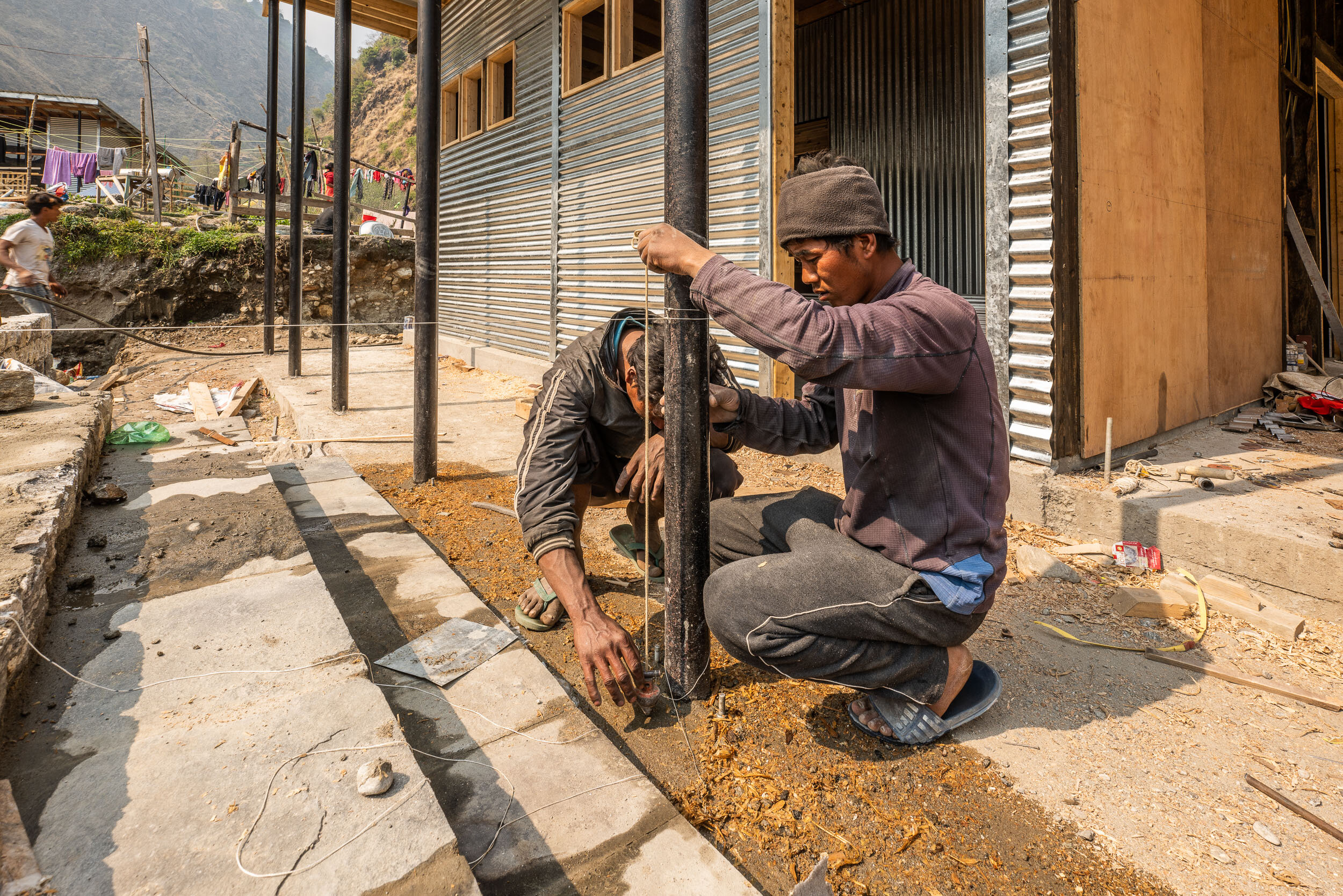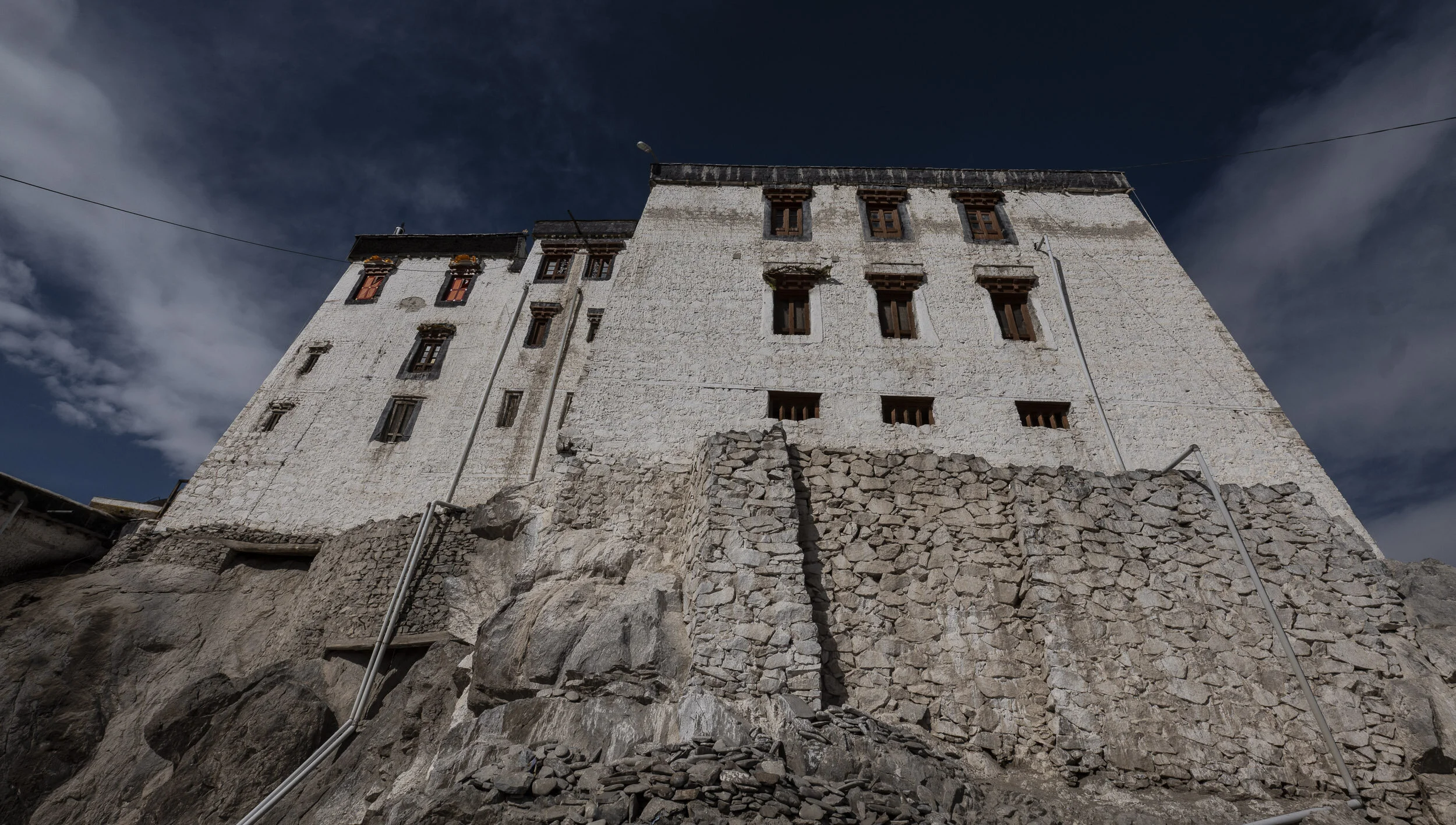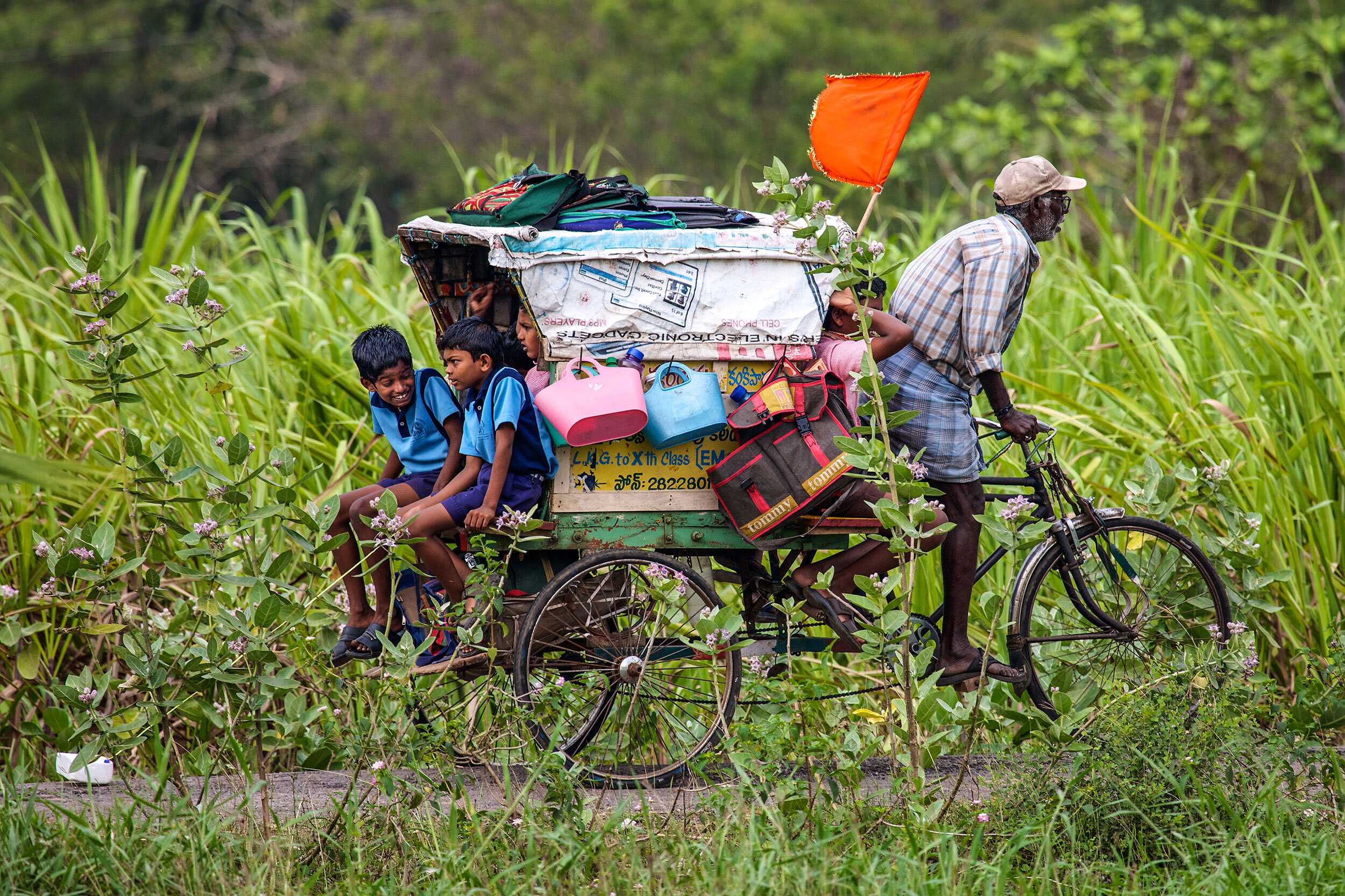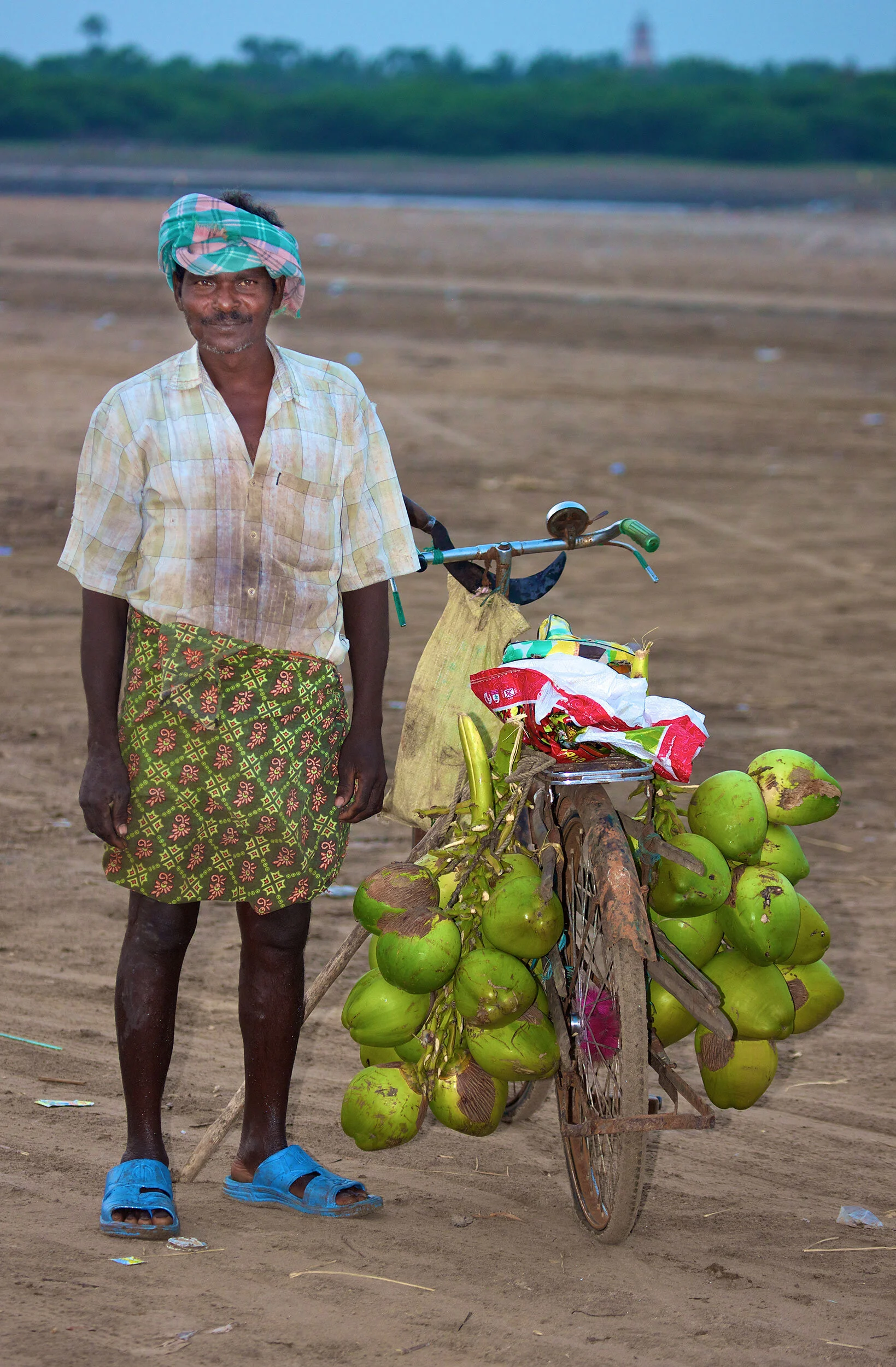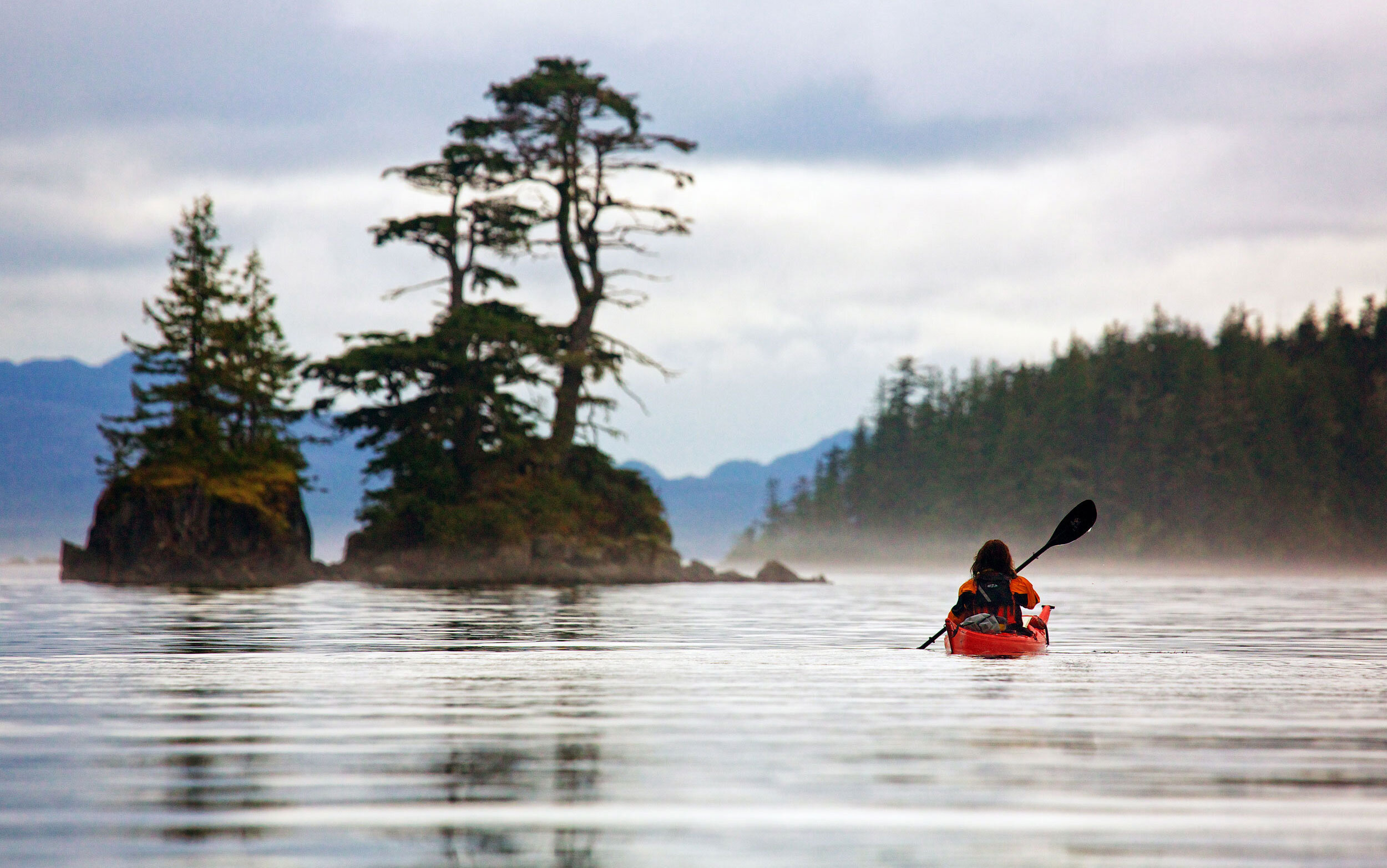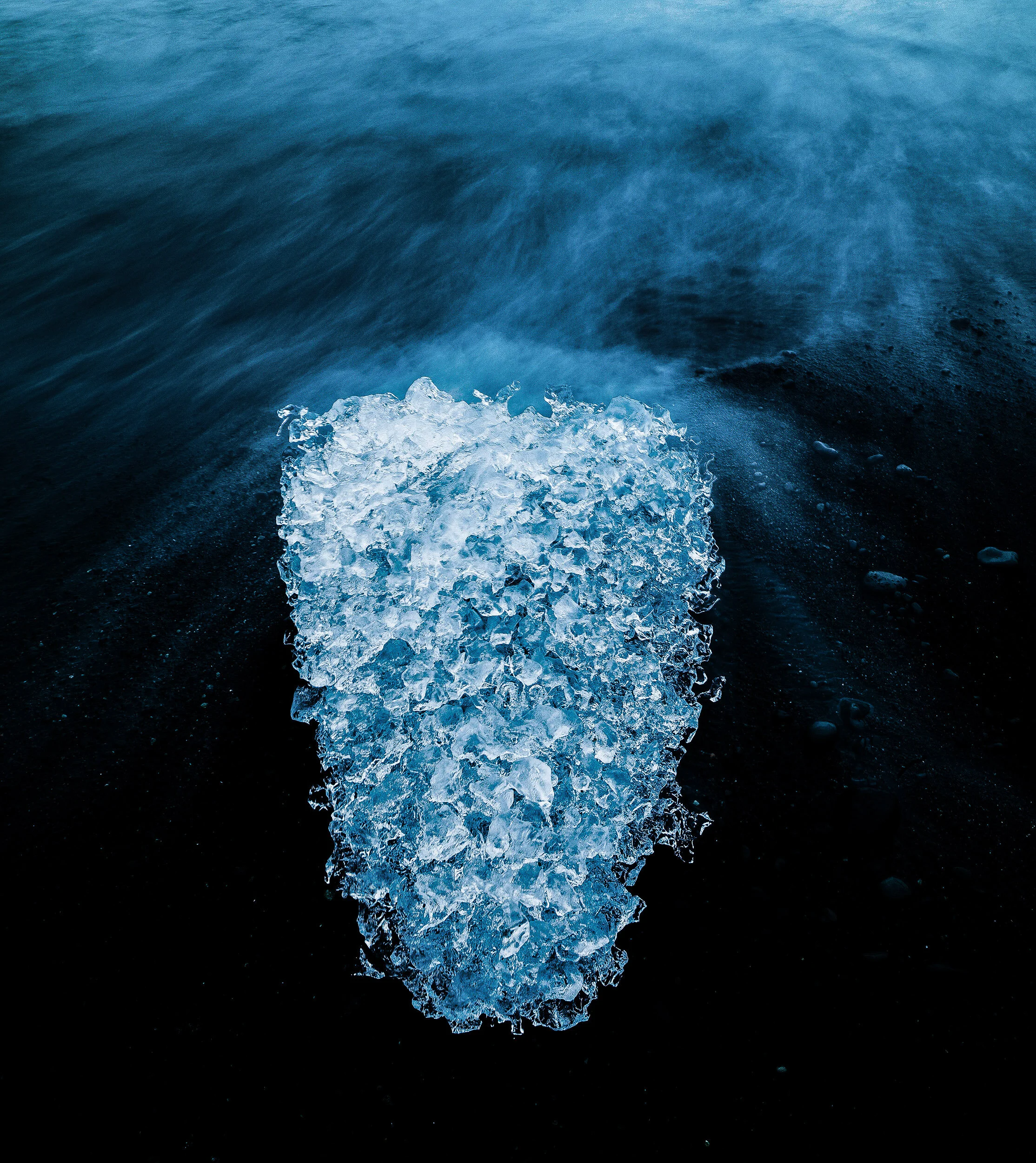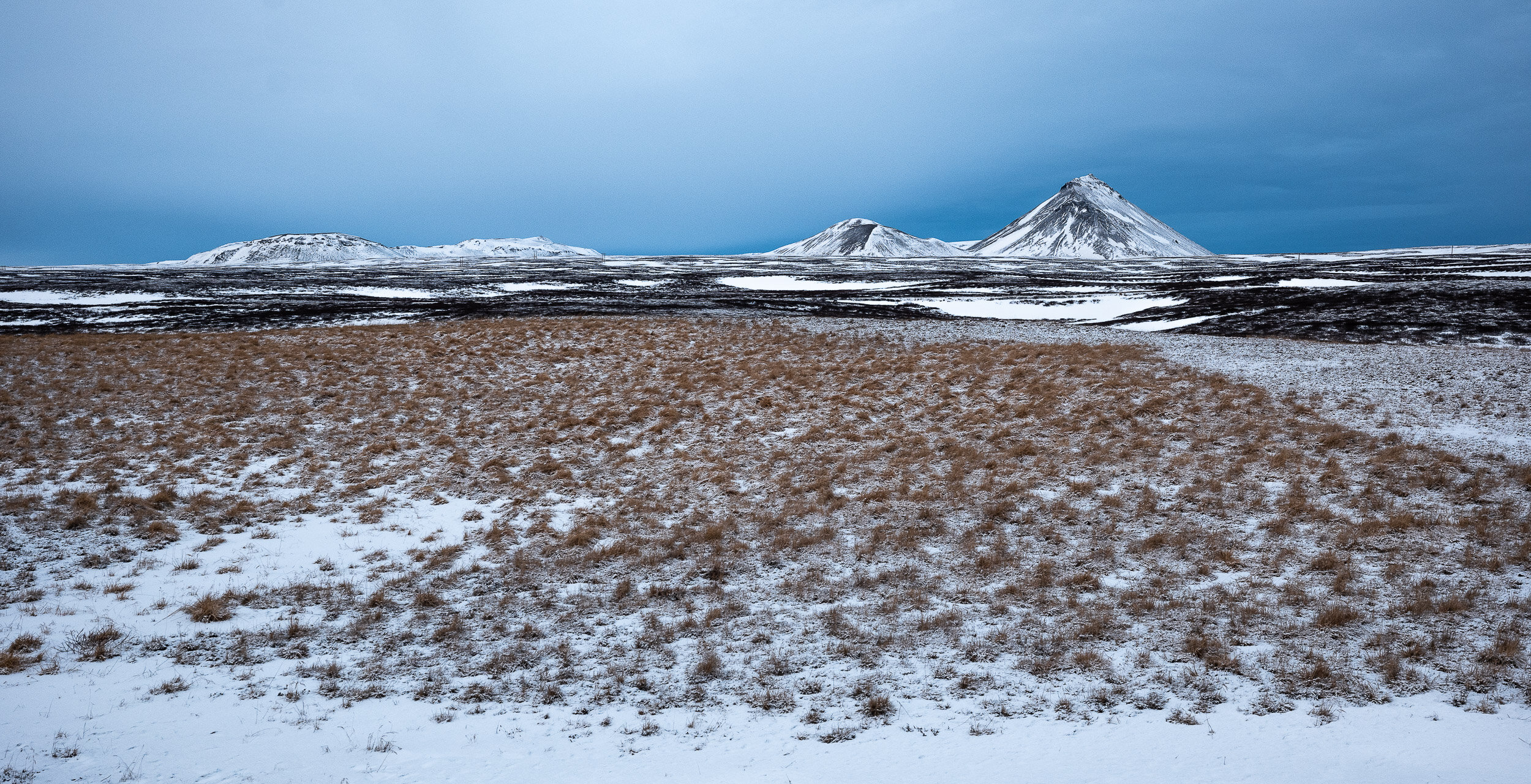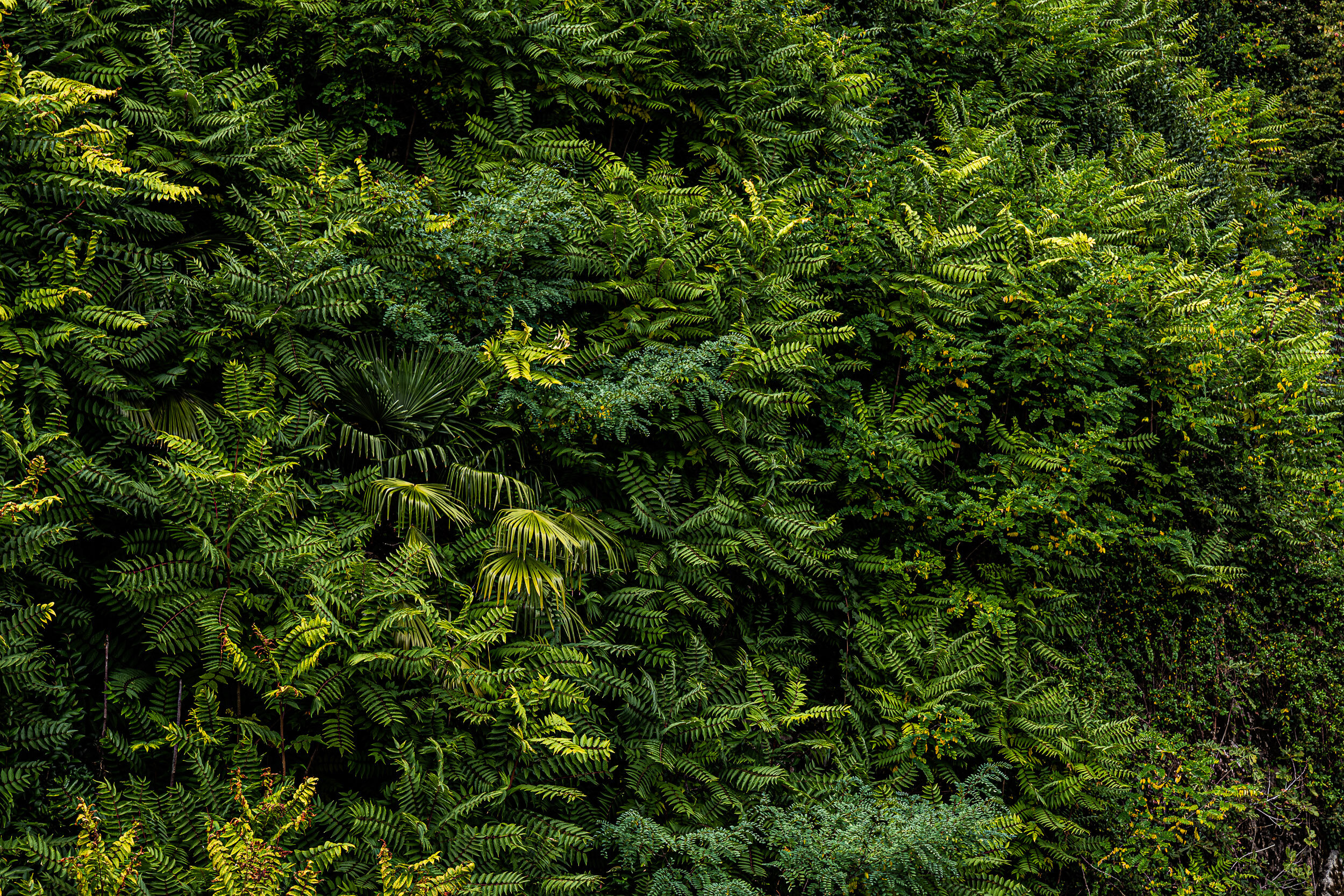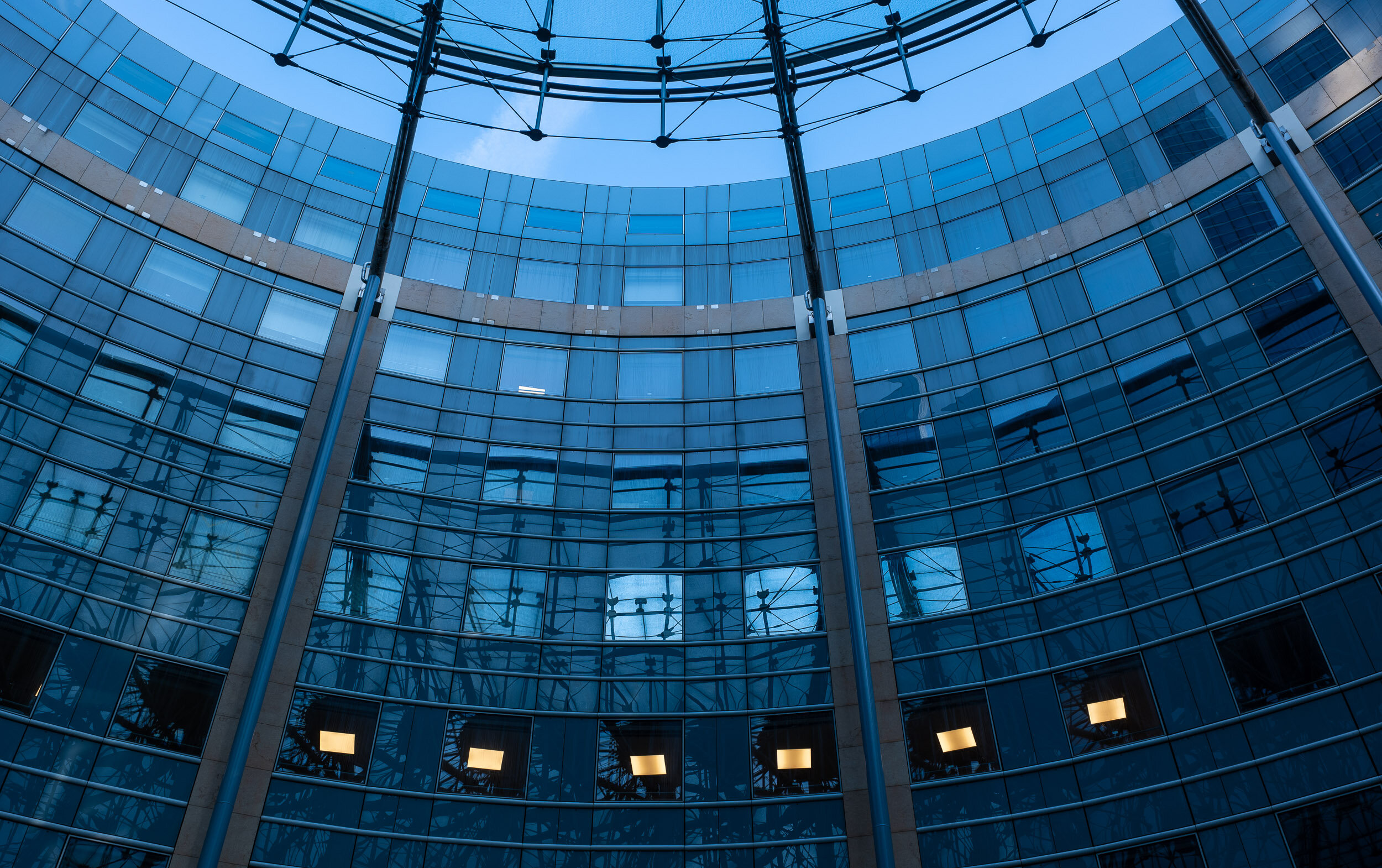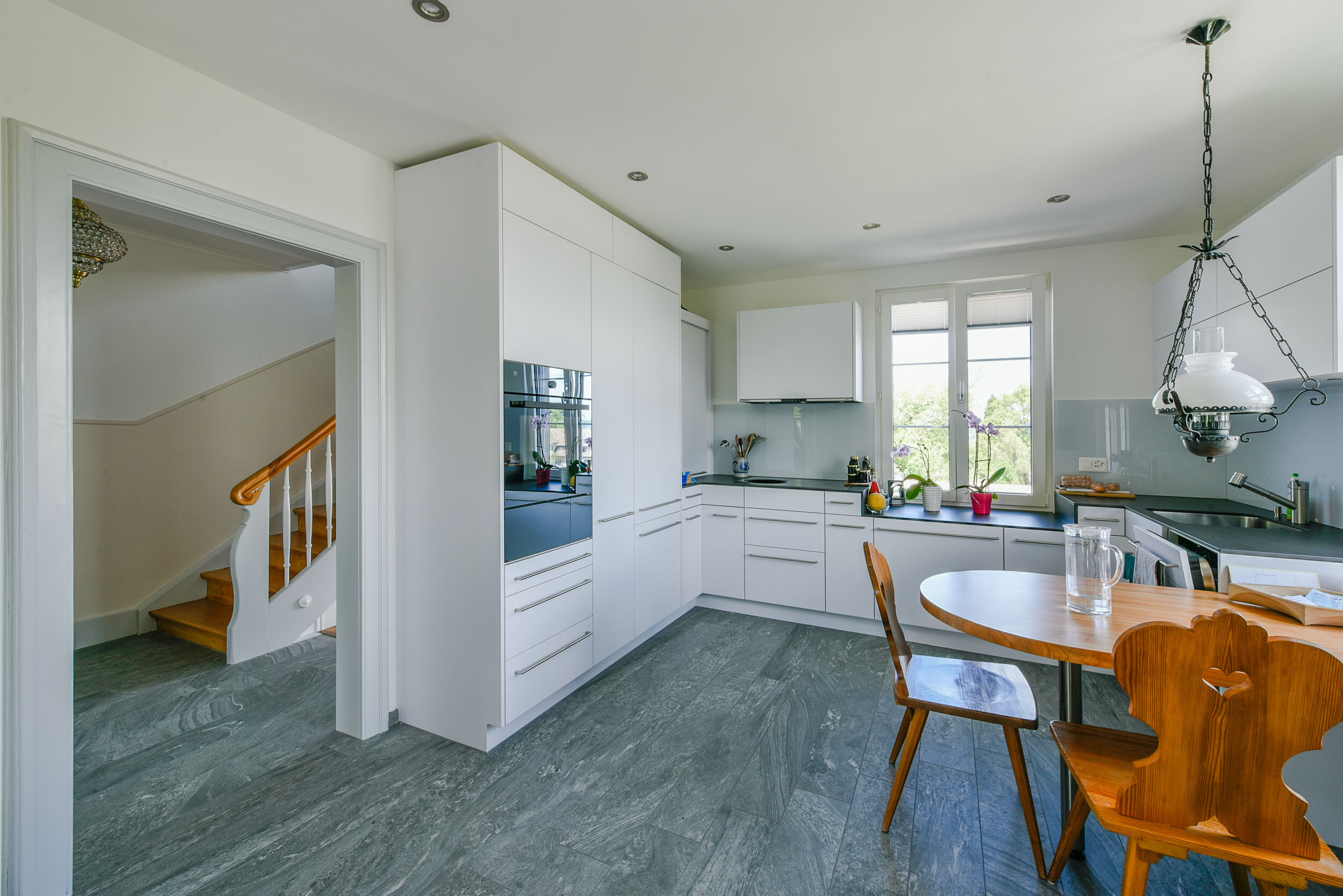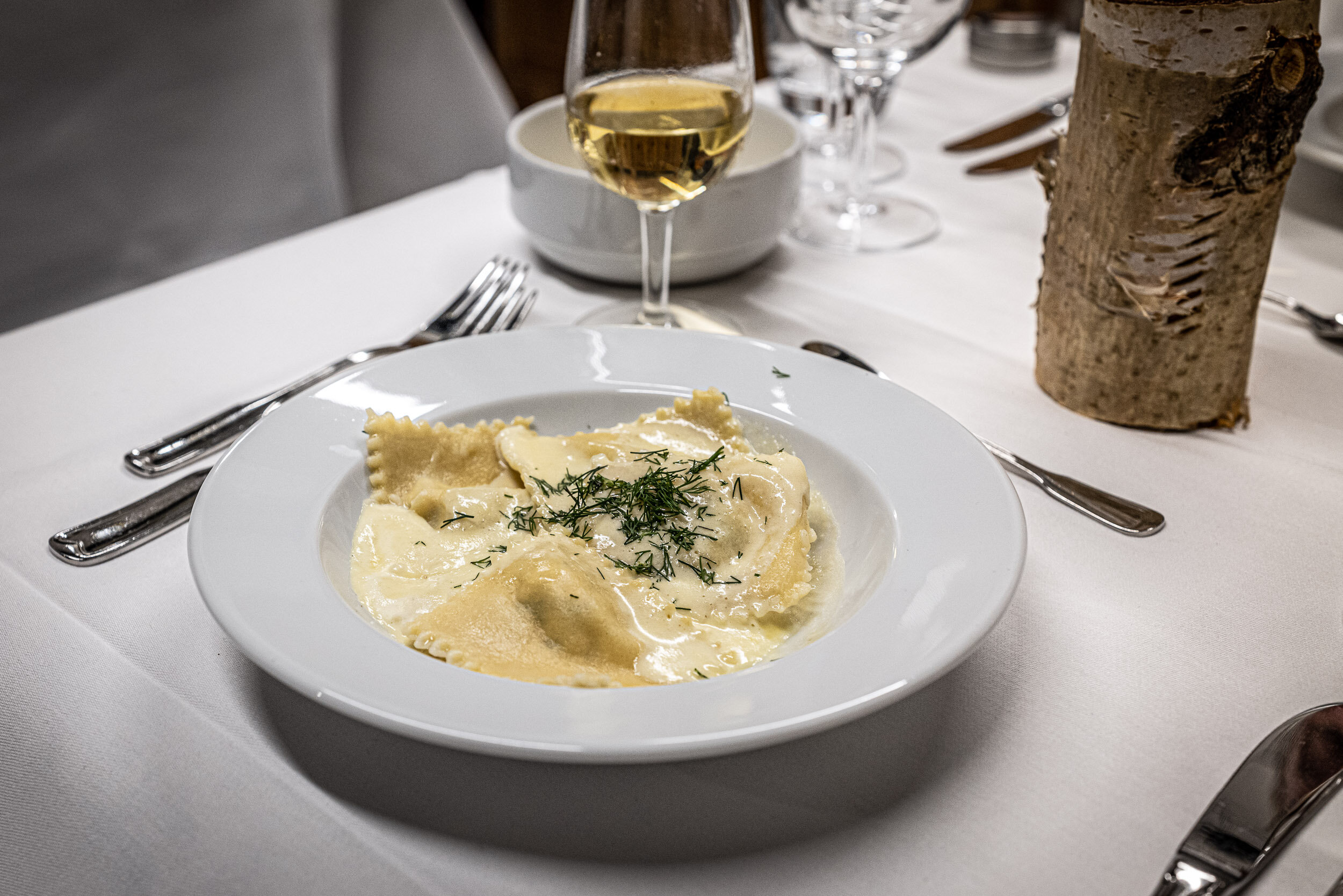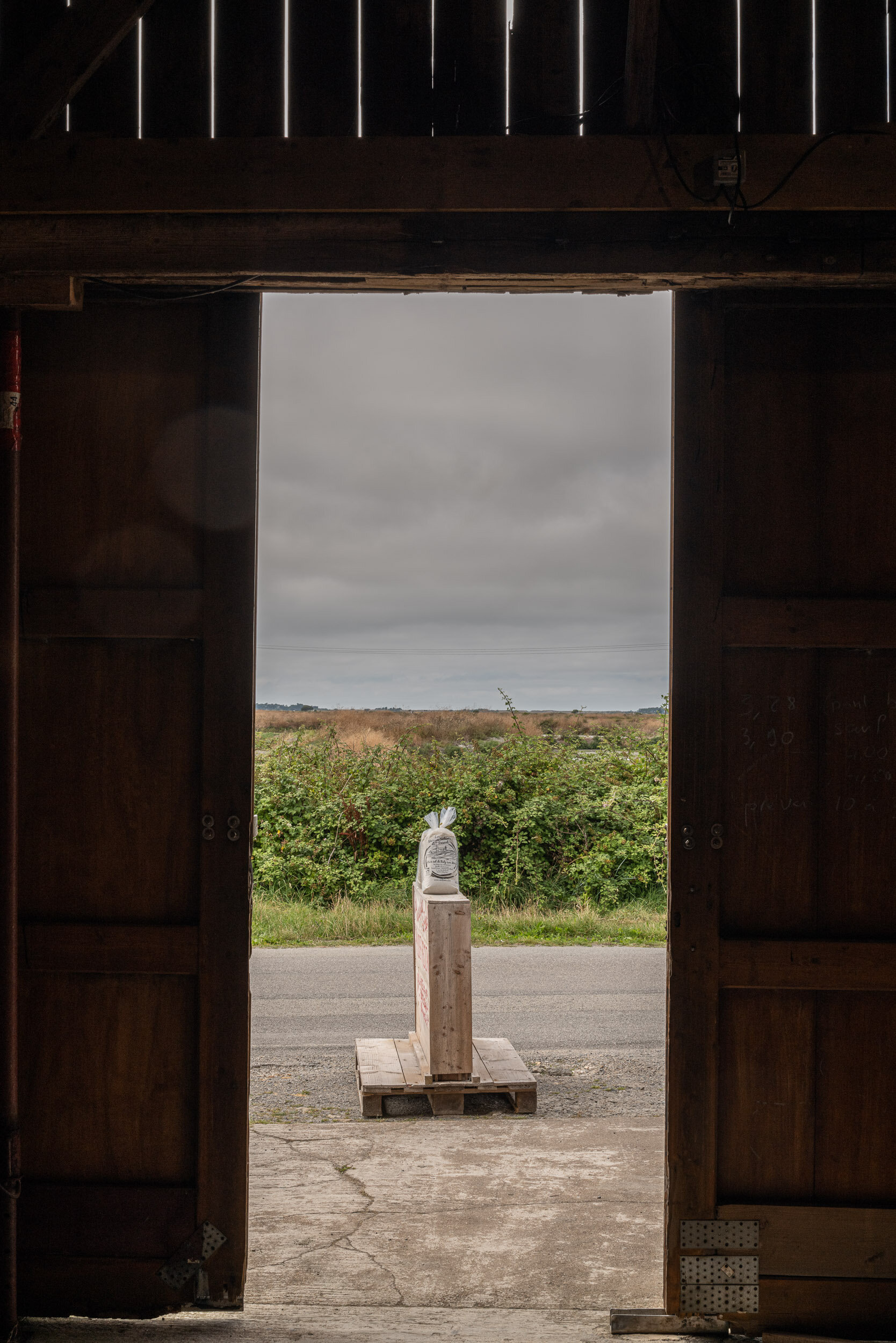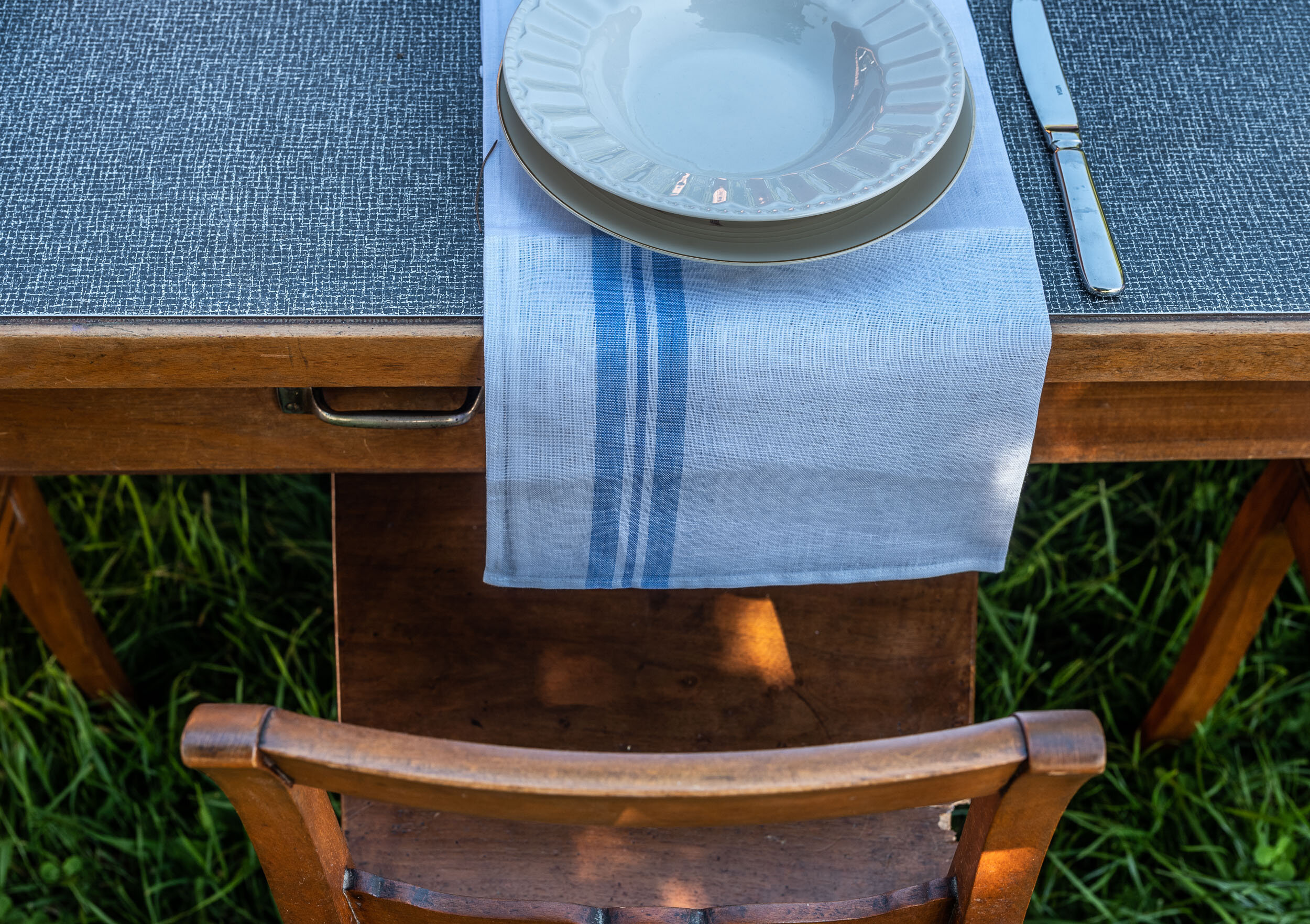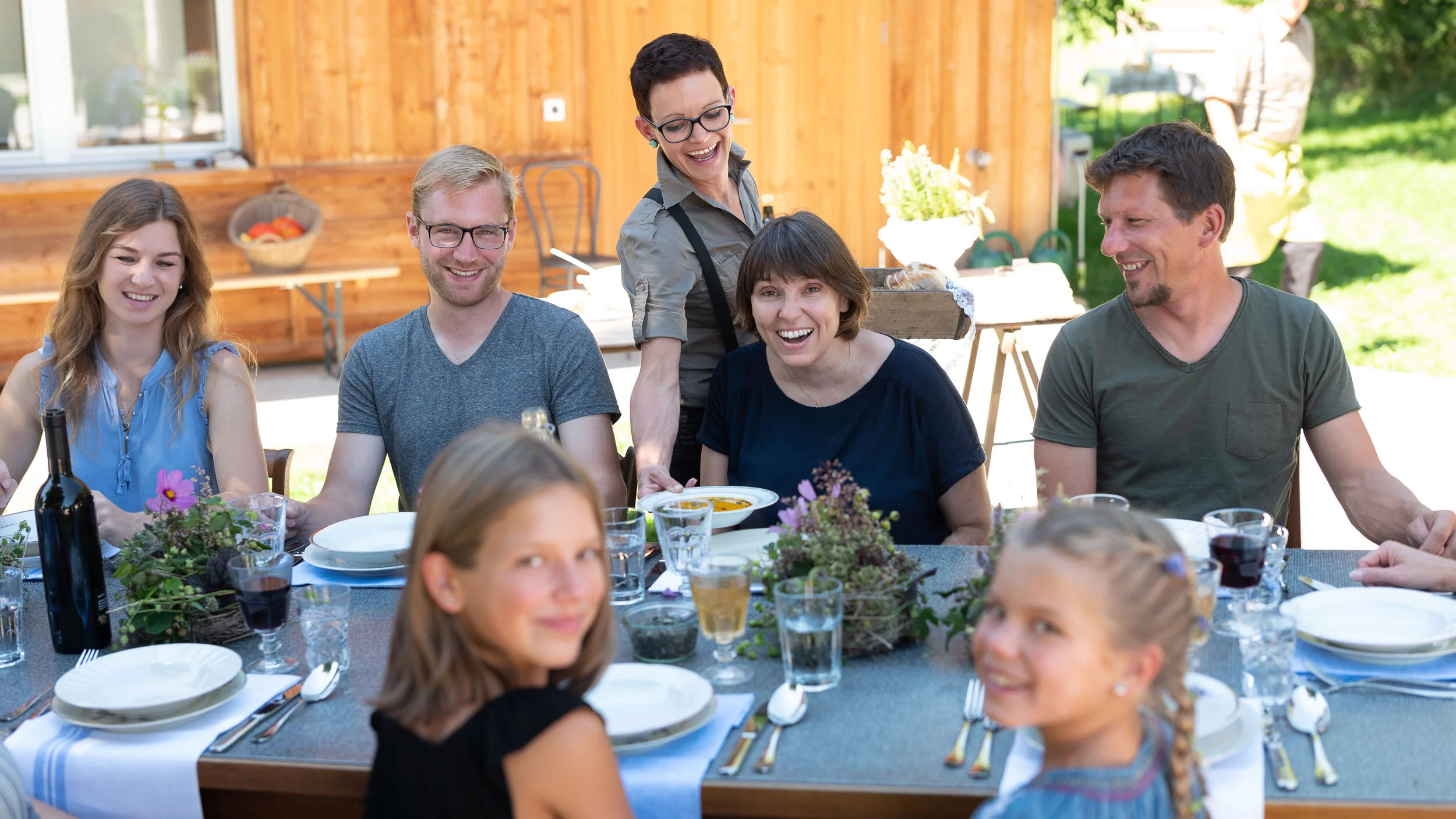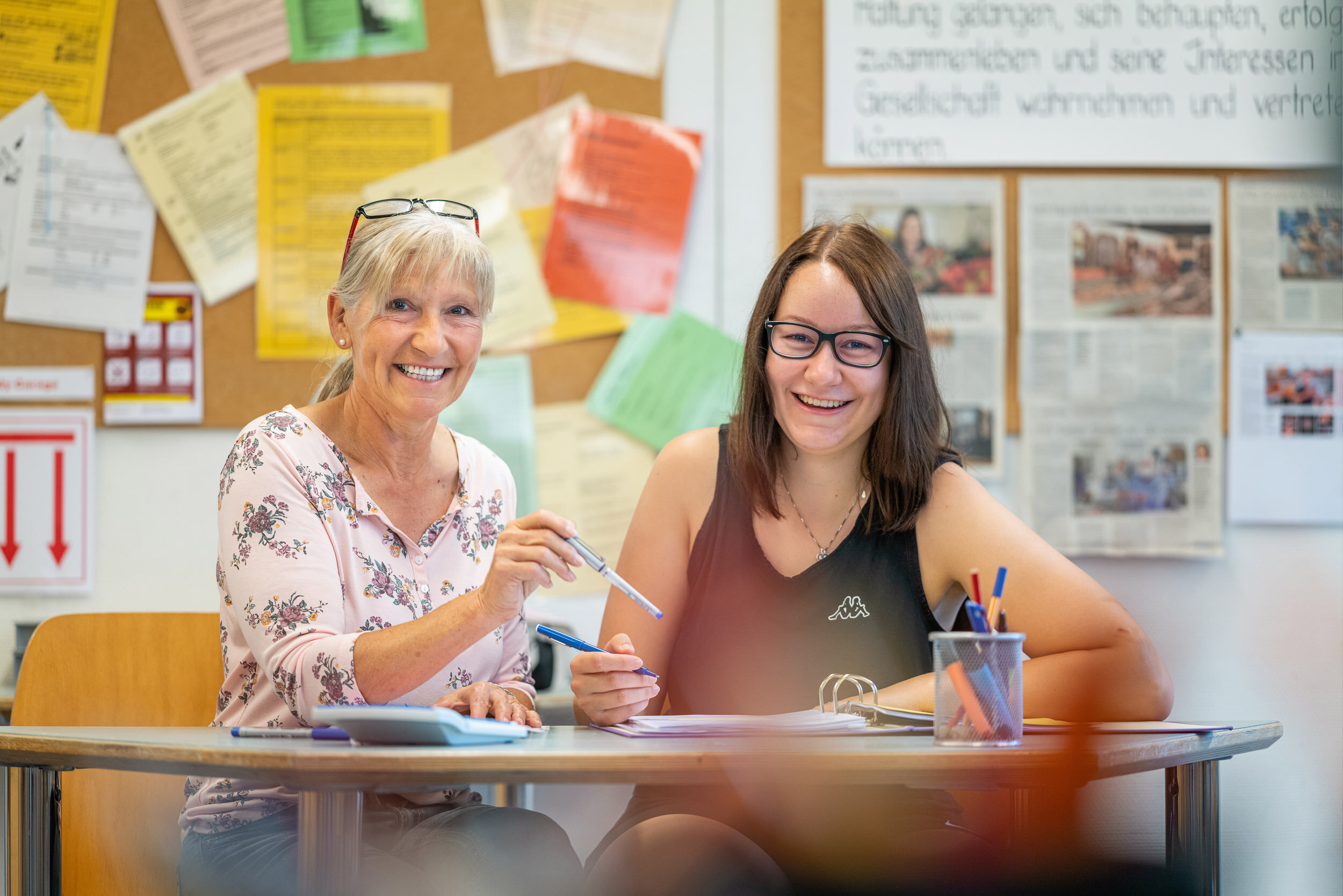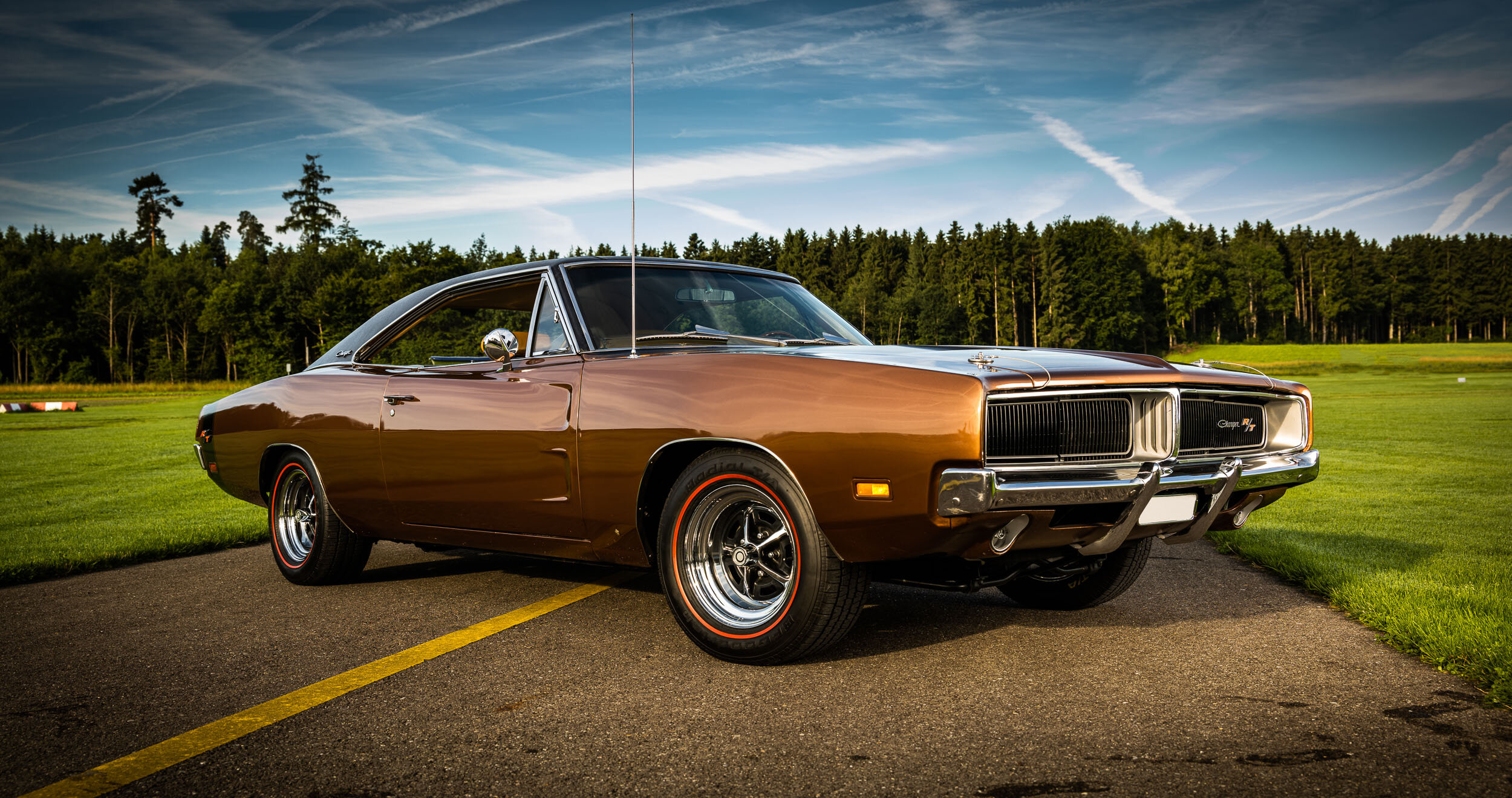Crafts in the vineyard
Crafts fascinate me. And wine too. That's why it was a great pleasure and honor to capture WeinSTAMM Thayngen's vintage photographically.
Client
WeinSTAMM, Thayngen
The topic of “craft” fascinates me, and I also like to drink a good drink. The wines from the Schaffhausen region are widely known for their high quality. That's why I'm pleased that we can work with and for winemakers from the canton of Schaffhausen and document their work. This year we were able to photograph WeinSTAMM's vintage. Thank you very much for the order. And by the way: Schaffhausen wine makes a great gift. WeinSTAMM bottles have numbers on them: the higher the number, the heavier the wine. With these numbers you can put together beautiful gift boxes with the year of the recipient. More information in the WeinSTAMM online shop .
The aesthetics of steel spring production
Corporate photos in which I captured the aesthetics of the production process
Client
Federtechnik Kaltbrunn AG
Photos for all corporate communication.
The fairground
On our stroll through Bukhara, my friend Marco and I discovered a fairground with a somewhat morbid charm - a paradise for photographers...
On our stroll through Bukhara, my friend Marco and I discovered a somewhat outdated fairground - a true paradise for photography enthusiasts. Everything radiated a somewhat morbid charm that I tried to capture with my camera:
More image galleries from Uzbekistan:
52 pictures from Uzbekistan
A fascinating country with incredibly friendly people: In autumn 2024 I spent 10 days traveling in Uzbekistan, mainly in Bukhara. I selected 52 “postcard motifs” from over 3000 images…
In the fall of 2024 I traveled to Uzbekistan for 10 days, spending most of the time in Bukhara. A fascinating country with incredibly friendly people that offers a wealth of exciting photo opportunities. From over 3,000 photos, I selected 52 images that I would like to have produced as postcards. Here is my selection:
More image galleries from Uzbekistan:
Plov
The art of cooking the Uzbek national dish is reserved for the Plov masters. And I had the honor of accompanying a group of them with the camera.
Client
Freelance work as part of my Magnum photography course in Bukhara, Uzbekistan
I also go back to school every now and then. Because – old saying: you never finish learning. And so I'm taking a photography course in Uzbekistan from the renowned Magnum photo agency to see what I can still learn from the best. I'm sitting in the "schoolroom" (a room in the art museum in Bukhara) and suddenly Abdou, one of the four course instructors, tugs on my sleeve. «Peter, come immediately. Take your camera with you. Do you have a wide angle lens on it?" Yes, I have. A 21mm fixed focal length. There is no time to bring a second lens or change. I rush after Abdou, and after a short walk we find ourselves in a backyard where a group of men are preparing two pots of the Uzbek national dish:
Plov
A few background information
Some wisdom from Wikipedia: «Plov, also pilaf, pilaf, pilau or palau, is originally an oriental rice dish. It is traditionally made with long-grain rice, onions, broth and possibly meat, fish or vegetables. In Central Asia, a stew is first cooked for plov. At the end of the cooking time, rice is sprinkled on top and the whole thing is covered with a little water, cooked and then steamed. The stew contains meat, onions and carrots as well as other vegetables and some dried fruits. Plov is traditionally cooked by men and is both an everyday dish and a holiday meal. In Uzbekistan, plov for weddings is prepared by a plov master in a huge pot.”
That's exactly how I saw and photographed it, including tasting the wonderful Plov, along with some high-proof liquids, offered by the Plov Master himself. After preparation, the two giant pots were wrapped in plastic wrap, loaded onto a small truck, and the noble cargo went off to a wedding party.
A huge thank you to Abdou, who took me to the Plov chefs and also took a few making-of pictures:
More image galleries from Uzbekistan:
Interior design
Interior design: renovated apartment in the canton of Schaffhausen
Client
imestis GmbH, Hemishofen
The imestis team is a master at renovating existing buildings. The result is always inspiring. Here is an interior design example of a renovated property in the canton of Schaffhausen.
For me as a photographer, the challenge is to find a special camera position despite the sometimes limited space, to balance the mixed light situation so that the warm character of the room is retained and that the collapsing lines are corrected. The latter is not a problem with the Leica SL2, because the camera has a built-in function in which perspective compensation is carried out directly in the camera.
The four elements: air
One of the four elements: air
For a long time I have been working on a series about the four elements – fire , earth , water , air.
This creates images in which nothing made by human hands can be seen.
The saying that you need something “like the air to breathe” shows how important air is for us humans. As one of the four elements, it provides us with the oxygen we need to live. Of course, we also need the water, the warmth of fire and the food that the earth gives us. That's why there are four elements. As you can see in the pictures, it is sometimes not possible to differentiate between individual elements. For “Air” I selected those photos in which, in my opinion, the sky plays the main role in the image.
All motifs are available as limited fine art prints. You can order some motifs directly in the online shop . If the image you want is not included, send us an email with a screenshot of the motif you are interested in and the desired size. We will then contact you immediately to clarify the details such as framing and paper and send you an offer.
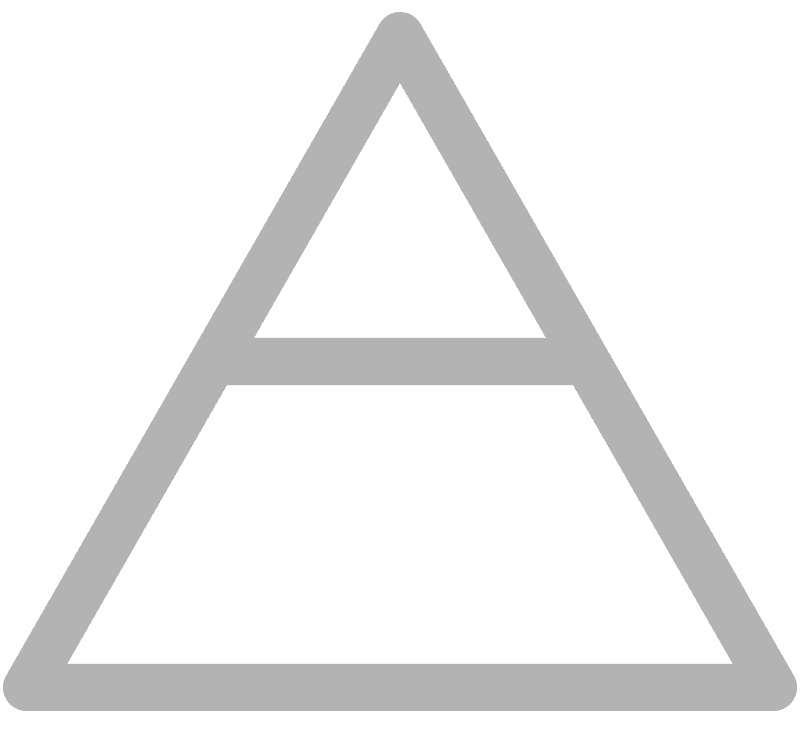
Laura Osburn – Postures of Grief
Photo shoot for a CD cover of a great singer.
Client
Laura Osburn
In her latest album, Laura processes tragic events that she had and must live through. For “Postures of Grief” she wanted an image that expressed that pain in some way. Laura brought the time and joy to experiment, and this is how a special series of pictures was created. There were no limits in post-production – anything was allowed. In some cases I worked out a motif in different variations and also incorporated Laura's ideas.
You can listen to and download Laura's touching album on Bandcamp .
CD cover
We didn't design the CD cover, but we had a few ideas...


Table tennis club Neuhausen
Nathalia had to flee Ukraine. At the Neuhausen table tennis club she found a framework that helps her in several ways. Photo report for the SAH Schaffhausen
Client
SAW Schaffhausen
Sport clubs are an essential aid for the integration of people who have had to flee their home country. Unfortunately, not all clubs are willing to open their doors to young people with mostly poor knowledge of German. Honorable exceptions include the Schaffhausen boxing club , where we also created a photo report, and the Neuhausen table tennis club, which included Nathalia in training.
Nathalia is totally committed, learning German diligently and really giving it her all in training. Both her German and her mental strength have improved enormously through the training. She can already lead the first training sessions and relieve the trainer. Nathalia already gives a lot back, and her training partners also appreciate her.
The SAH Schaffhausen does a lot to make it easier for refugees to integrate into Switzerland. If we could give out a rose like Schweizer Illustrierte, we would distribute it to the SAH, but also to the sports clubs that give foreigners who have fled to Switzerland such a great opportunity. It is certainly a little more complex to integrate young women and men who still lack language skills into the training, but in most cases a lot comes back.
As in the boxing club, Elisa Frey from SAH didn't miss the opportunity to take part in the training this time. My fingers were itching too, as I played a lot of table tennis as a kid (photos of me: Elisa Frey). After a few rallies, the old instincts and movement sequences slowly came back, but of course I had no chance against Nathalia, who was playing brilliantly ;-)
Boxing Club Schaffhausen
Photo report in the Boxing Club Schaffhausen for the SAH
Client
SAW Schaffhausen
As part of the annual magazine, we took photos for the SAH Schaffhausen in the Boxing Club Schaffhausen . We particularly accompanied Nasib with the camera. He fled Afghanistan. Since he had already been in boxing training in Afghanistan, he wanted to train here again. In René Schäppi he has found an understanding trainer who makes no difference which country someone comes from. He supports young people and treats them with respect. This attitude has led to more boys starting boxing training. Meanwhile, nine immigrants are in training, and Nasib is already at the stage where he is leading certain training sessions.
Photographically, the implementation was a challenge. The fast movements require fast shutter speeds (or flash) and high frame rates. Ursula and I also took a black background with us to create some pictures in which the focus is on the people and the background is completely hidden. When looking through the pictures it quickly became clear that the photos in black and white with an analogue character have much more power than in color.
The image of boxers is sometimes bad. They are thought to be primitive thugs. But a look behind the scenes shows how demanding the training is. Strength, fitness and coordination are equally required. Training must be carried out in all three areas. The SAH editor and JUMA teacher Elisa Frey took part in a training session as part of her report. Your conclusion:
“When you box, you push your physical and cognitive limits – and you even have fun! I've tried many sports, but I've never been challenged on so many levels. If you're looking for a workout for the whole body, boxing is the right choice for you!"
The four elements: Earth
The earth should actually be the most familiar of the four elements to us. We walk on it every day.
For a long time I have been working on a series about the four elements – fire , earth, water , air .
This creates images in which nothing made by human hands can be seen.
The earth – and therefore also plants and animals – are probably our most familiar element. We are constantly moving towards it. But the air should also be very familiar to us because we move in it. The earth images were created on different continents. Of course the other elements are also represented in some of the images. But I have selected pictures in which, in my opinion, the earthen element dominates.
Some motifs from the four elements series are available as limited fine art prints and you can order directly in the online shop If the image you want is not included, send us an email with a screenshot of the motif you are interested in and the desired size. We will then contact you immediately to clarify the details such as framing and paper and send you an offer.

Every shoe tells a story
Used shoes, each of which tells a story, realized in beautiful studio light
Client
free long-term project
Why not put used shoes in the beautiful studio light? Because every shoe tells a story. There are the ballet dancer's flats, which are literally engraved with the wearer's countless hours of practice and pain. Or the fire department shoes, where the ashes from the missions have bonded with the leather of the shoes. The jogging shoes that have covered many kilometers on their wearer's feet. And and and. The series has now started. It will be added further.
Glass plate
Glass plate from the Hadermann factory in Beringen
Client
Hadermann Glass Design & Manufactory, Beringen
Steel spring art
Steel springs as art objects
Client
Egli Federnfabrik AG, Volketswil
The task was to photograph steel springs not in a conventional way, but in an artistic way.
The four elements: water
One of the four elements: water in all physical states
For a long time I have been working on a series about the four elements – fire , earth , water, air .
This creates images in which nothing made by human hands can be seen.
Water is one of nature's most fascinating things. It behaves differently than all other elements because it has its highest density not at the coldest state but at +4°C. If that weren't the case, all living things in cold waters would die. In the gaseous state, the boundary between water and air is fluid. As with all elements, I and my wife Ursula look for motifs for “Water” that are more abstract and have something mysterious in them.
All motifs are available as limited fine art prints. You can order some motifs directly in the online shop . If the image you want is not included, send us an email with a screenshot of the motif you are interested in and the desired size. We will then contact you immediately to clarify the details such as framing and paper and send you an offer.

The four elements: fire
One of the four elements: fire - captured in Iceland during the volcanic eruption near Litli-Hrutur
For a long time I have been working on a series about the four elements – fire, earth , water , air .
This creates images in which nothing made by human hands can be seen.
The fire challenged me. Because fire is almost always “man made”. There are gases escaping and burning in some places on the planet. And then there are volcanoes. The images from this series are from the 2023 volcanic eruption near Litli-Hrutur in Iceland. As always, my aim is not to depict something, but rather to find the artistic interpretation that nature offers us. Together with my wife Ursula, I look for motifs that are more abstract and have something mysterious about them.
All motifs are available as limited fine art prints. You can order some motifs directly in the online shop . If the image you want is not included, send us an email with a screenshot of the motif you are interested in and the desired size. We will then contact you immediately to clarify the details such as framing and paper and send you an offer.
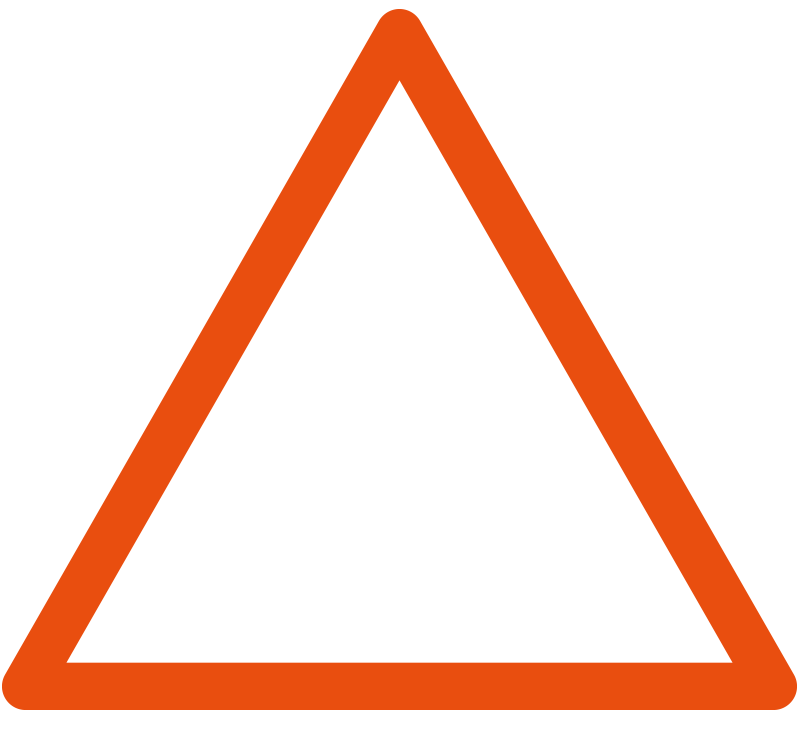
The most famous plane wreck
The silver hull of the DC3 has been lying on the black lava sand just west of Vik for 50 years. Some pictures and information about this now very famous plane wreck...
When I'm in Iceland, I'm always drawn to the most famous plane wreck - a transport plane that has been lying just west of Vik for 50 years. Month after month, the weather and bargain hunters decimate the remains. From time to time friends ask me what this wreck is all about. If you are interested in the history of this machine, you will find further information in the picture galleries at the end of this page .
The silver hull on the black lava sand is predestined for a hard black and white implementation. I edited the images in Lightroom to reflect the somewhat surreal atmosphere of the location. I photographed the wreck three times - in July 2023, January 2019 and July 2014, on our first trip to Iceland. As you can see, bargain hunters have dismantled a significant portion of the aircraft into small parts over these nine years and taken them home.
July 2023
January 2019
July 2014
History
This plane wreck has been lying on the beach of Solheimsandur since 1973. It is not, as is often assumed, a DC3, but a converted Douglas C-117 that American soldiers used to transport their supplies.
Iceland has some of the most unstable weather in the world. Navigational aids were relatively primitive at the time, which led to more U.S. military aircraft crashing on the tiny island the size of Kentucky than almost anywhere else in the world. According to public Air Force and Navy military documents, there were no fewer than 385 accidents involving U.S. military aircraft in Iceland between 1941 and 1973. That's roughly one accident every 31 days for 33 consecutive years.
"You have to understand that the weather in Iceland is a very powerful force. It probably changes faster than anywhere else in the world except the poles, and that's why we don't normally fly over the poles." - said Lieutenant Gregory Fletcher, the 26-year-old co-pilot in training, after the accident.
Let's turn the wheel of time back around 50 years:
Dramatic moments on board
It's November 21, 1973, the day before Thanksgiving. Captain James Wicke's C-117 is on a transport flight from Keflavik to the military base near Höfn. During the flight the weather worsens. The temperature drops rapidly to -10°C and wind gusts increase to almost 100 km/h. The carburettor begins to ice up. As the weather worsens, the battle against the elements is lost. Both engines freeze and stop,
Flight captain Wicke sends out an emergency signal and tries to start the engines again. The distress signal is picked up by another Air Force aircraft, and three planes and two helicopters are immediately in the air. All ships passing the Icelandic south coast are being alerted because it is not known exactly where the plane will land after co-pilot Lt. Gregory Fletcher, a 26-year-old trainee pilot with only 21 hours of flying experience on the C- 117, made a daring decision:
Fletcher takes over the helm from James Wicke for reasons still unknown to me. He knows that if he continued his flight inland it would crash into a mountain - which would mean certain death for him, the pilot and the five passengers. That's why he decides on the better of two bad options: he wants to try to land on the ocean to give them at least a small chance of survival.
The plane loses more and more altitude and breaks through the clouds. Fletcher sees a coastline in front of him - "a damn thing that looked like the moon," as he later says. He brings the plane down and slides 27 meters over the sand dune. During the emergency landing, the propellers bend, the hood is crushed and the tanks burst. The C-117 remains six meters from the waterline. Fletcher saves the lives of all seven inmates.
"That was the smoothest landing I've ever experienced," Howard Rowley, Air Force master sergeant and passenger on board, would later say.
The rescue
A farmer near the crash site hears the noise of the emergency landing. He rushes to his tractor with his wife and fights his way through the snowstorm to the beach, not knowing what awaits him there. Other farmers in the area do the same, and the nearest search and rescue team (SAR), stationed in Vik, also sets out. From the radio data about the plane's speed and altitude, they had already calculated that the plane would land on Sólheimasandur, somewhere between Mýrdalssandur and the Atlantic. At 2 p.m., just an hour after the emergency landing, the rescue team from Vík arrived at the aircraft - just as the survivors were being transported away by an Air Force search helicopter. At the military base in Keflavík it turns out that the people survived the crash uninjured, even without a scratch - which cannot be said about the aircraft.
The disassembly of the aircraft
Dismantling of the aircraft began immediately. The SAR was handed over the 800 liters of fuel that the C-117 still had on board. That was enough to keep the snowmobiles and rescue vehicles running for years to come. The wings were sawn off, the cockpit was dismantled and the engines were removed. Everything that was still salvageable from the C-117 was recovered from the aircraft. Two days after the crash, the fuselage lay like a skeleton in the black, apocalyptic desert. The US military simply left the 10,000-pound hull on the beach and ran away.
Why is the C-117 still on Sólheimasandur?
According to Friðþór Eydal, who was in charge of public relations for the Icelandic armed forces under U.S. command from 1983 to 2006, as part of the deployment agreement between the two nations, it was agreed that if a U.S. aircraft crashed in Iceland, the U.S. would pay 85 percent of the aircraft would cover salvage costs, but the Icelandic government would be responsible for removing the wreckage.
“This scenario would only occur if a landowner filed a claim to remove the wreck,” says Eydal. "And that has almost never happened in a place like Iceland."
And why? According to Eydal, there are two reasons for this: First, the island is 80 percent uninhabited and more than 60 percent of the land is covered by glaciers. Second, Iceland has to import almost everything because of its harsh climate and limited natural resources. Therefore, Icelanders tend not to waste recyclables and to creatively repurpose what little they have. When planes crashed, resourceful Icelanders turned the planes' remains into roofs, fences, and other household items. The military was fine with that - a kind of win-win situation...

Image: Þórir Kjartansson
A rare photo
A member of the Icelandic rescue team at the time, Þórir Kjartansson, took a photo of the plane the day after the emergency landing - still with the engines and wings. As you can see in the picture, the plane was positioned slightly differently back then. The current situation arose from the dismantling of the engines and wings.
And she's still there
Today, almost exactly 50 years later, the C-117 still stands on the lonely beach of Solheimansandur, although it has been decimated by bargain hunters who would like to take a souvenir home with them.
We can only imagine the emotional roller coaster the seven people experienced on November 21, 1973. The great fear on board when they realized that the plane could no longer be controlled. Screams? Urgent prayers? We don't know. But we can imagine the silence after the emergency landing: Gregory managed to land the plane. Everyone is unharmed. Deep breath. Gratitude. Maybe a prayer of thanks.
We should think about all of this when we visit the world's most famous plane wreck on the south coast of Iceland.
Photos 22/23 SAH Schaffhausen
The SAH does a great job for the integration of refugees in Switzerland. But that's not all: the SAH also offers a daycare center and other services. Here are some pictures that we were able to create for the SAH in the last few months.
Client
Swiss Workers' Aid Organization SAH, Schaffhausen
Photos for the homepage and the annual magazine 22/23 , which we were also allowed to design.
Nina Burri
Some reportage images from Nina Burri's impressive show as a contortionist.
Client
Clientis, savings and loan bank Thayngen AG, Thayngen
Nina Burri is an actress, model, presenter and contortionist – or as the technical term means: contortionist. As part of the general meeting of Clientis Spar- und Mietkasse Thayngen AG, I took some photos of their impressive show. You can find out more about Nina Burri on her homepage .
All images © by Peter Schäublin and Nina Burri. Publication is not permitted without written consent (generally applies, but it should be mentioned again).
Camera: Leica SL2 with SL 90 – 280 mm
Iceland in black and white
As always, I am interested in producing series of images in black and white. Here are some of my more recent Iceland photos in black and white
Iceland has fascinated me for a long time. And as always, I try to create black and white motifs from the photos I take. Here is a selection of black and white photos from my recent trips to Iceland.
The images were taken with the Leica SL, Leica SL2 and the Leica S3.
Ariane
Sometimes photo shoots turn out completely differently than expected. This is what happened during the photo shoot with Ariane...
Client
free project in collaboration with Ariane
I actually wanted to create a relatively classic portrait of Ariane for my series “(Extra)ordinary people” , and we also thought that I would photograph Ariane in her firefighting outfit. Since Ariane had the time and a few different clothes as well as the desire to experiment, completely different shots were taken. But first things first...
(Extra)ordinary people
The firefighter
Just for fun
The black art
A kind of back to the roots: black and white photography for a black art company...
Client
Schaffhausen printing plant
Although a lot has changed in the printing industry, the offset printing process is still based on the same principle: one or more colors - usually the four primary colors cyan, magenta, yellow and black - are applied to the paper. The ink is picked up by cylindrical printing plates from the inking unit and transferred to a rubber blanket. The rubber blanket puts the ink on the paper. The colors are translucent. That's why around 16.7 million color nuances can be mixed from the four basic colors. Because the printing process initially only took place in monochrome black and the entire environment with the lead type and the black machines was rather dark, the printing process is still called “the black art” to this day. It made sense to convert some of the images from the report for the Schaffhausen printing plant into black and white images - a little back to the roots, so to speak ;-).
I took digital photographs in color with the Leica SL2 with the SL Summilux 1.4/50mm and the SL Apo-Summicron 2.0/35mm.
A very nice compliment
After the first photo shoot, the customer was so enthusiastic about the black and white images that he booked a second shoot. And when I arrived for the second shoot, I saw that the printing company had already produced postcards with motifs from the first shoot. That is of course a very nice compliment for me as a photographer.
The employees also had a very positive experience of the shoots. 14 days after the second shooting, I received a short message from Urs Wohlgemuth, the owner of the Schaffhausen printing plant:
« Thank you very much for the great shoots. I noticed how this gave our team a boost of motivation. They’re still talking about those photos.”
Photo report with an analogue character
Implementation of a photo report in the analogue style
Client
Condecta AG, Winterthur
There are sometimes photographic topics for which special image processing is absolutely necessary. This is what happened in the photo report about MobiToils from the company Condecta: small, mobile toilets that are placed in high-rise buildings on large construction sites. Because when a construction worker is working on the 16th floor of a high-rise building, there is no toilet in the building, no elevator and possibly not even a staircase. That's why the Condecta company distributes small, mobile toilets on the different floors. If three high-rise buildings are built at the same time, that's quite a lot of toilets, which are then constantly emptied and cleaned by employees. Everything has to happen quickly, and it's a tough world in construction.
That's why I prepared a small series of images in an analogue look - in keeping with the topic, so to speak: black and white with vignetting and film grain. It was also beautiful, the good old analog days ;-).
As always, I photographed digitally in color with the Leica SL2. Everything had to happen quickly, so I took photos with the two excellent SL zooms - the SL 16-35 and the SL 24-90mm.
Casa Viva Chläggi
Corporate photography for Casa Viva Chläggi, largely in connection with the renovation and reopening of the two renovated houses
Client
Casa Viva Chläggi, Hallau and Neunkirch
As part of the redesign and current renovation of the two houses, we supported the Casa Viva Chläggi team with communication measures. In addition to the design of the logo and the homepage, we created a pool of photos: outdoor shots, some with drones, and various activities at Casa Viva Chläggi, including the visit of the therapy dogs, work in the kitchen, the children from Kita Spatzennescht visiting in the Casa Viva kitchen, activation therapy, etc. As part of the reopening after the renovation of the two houses, we put together a magazine was distributed to the households of the “Casa Viva communities”.
Le sel de la Camargue
Some impressions from a salt mining plant in the Camargue were taken as part of a Leica photography workshop
Client
Images taken as part of a Leica workshop in the Camargue
The salt doesn't seem to let go of me. After the big photo report with the Leica SL2 in Brittany, I was drawn back to France for salt. This time, however, to the Camargue. As part of the photo festival in Arles, I a photo workshop for Leica Christian Habermeier . In the afternoon we spent some time with the participants in a salt production plant. The time window was short, but a few photos were taken that I would like to show here. The images were taken with the Leica S3 - a camera that delivers data of a quality that amazes me every time.
And no – the seagulls are not retouched ;-).
Photos 21/22 SAH Schaffhausen
Photos for the SAH Schaffhausen's annual magazine 21/22
Client
Swiss Workers' Aid Organization SAH, Schaffhausen
Photos for the annual magazine 21/22, which we were also allowed to design.
Kind of Art
When the boundaries between painting and photography, between reality and fiction disappear. More of an art are images that arise like dream worlds in my mind's eye and develop step by step.
What if painting and photography merge? Although I don't paint with a brush, I try to influence my photos so that they are more dream worlds than reality. It's an experiment in which I edit and process my photos intuitively. Much of this process is coincidence. The result no longer has to have anything to do with the original image, but should convey vibrations and feelings.
01
02
03
04
05
Bellinzona bus station
Fascinating bus station in Bellinzona with a reflective roof
Client
allega GmbH Niederglatt
Werkstätte Liechtblick Schaffhausen
The new bus station in Bellinzona with a fascinating implementation: the undersides of the canopies are all mirrored. The concept placed high demands on the material and precision during assembly.
Photos realized by Peter and Ursula Schäublin.
SAW Schaffhausen
Photos for various communication channels of the SAH Schaffhausen
Client
Swiss Workers' Aid Organization SAH, Schaffhausen
Photos for various communication channels, especially for the annual magazine , which we are allowed to design for the SAH Schaffhausen.
Nepal
Photos from the projects of Himalayan Life , a Swiss-Canadian NGO that works in various places in Nepal and does great work.
Client
Himalayan Life, Switzerland / Canada
In April 2018 I was able to photograph the opening of a school in the earthquake-damaged Yangrital Himalayanlife Another trip in which I visited most of Himalayan Life's projects Christian Habermeier We created film and photo material for the communication channels of this great NGO:
Pokhara
Himalayan Life has set up Nepal's only PET recycling plant in Pokhara. This is to create jobs for street boys and thus give them a perspective for their lives. The boys also have the opportunity to complete an apprenticeship. Himalayan Life in Pokhara also offers programs in which kids can play and do sports together.
Yangri
The entire Yangrital was severely affected by the severe earthquake in the Kathmandu region in 2015. Many people died and countless people became homeless. In a first phase, Himalayan Life helped rebuild the houses and infrastructure. But in order to make a difference in the long term, education is one of the essential keys. That's why Himalayan Life opened a school in the furthest village of the valley in 2018, where children from Yangri and the surrounding mountain villages receive an education. The entire population is behind this project. Tragically, the school was virtually completely destroyed by a spring tide on the night of June 14th to 15th, 2021. Parents begged teachers to stay. To contribute to the reconstruction, we launched the 750_Yangri , and we are very pleased that the reconstruction of the school is almost 100% financed. You can find out more about Yangri and Himalayan Life’s commitment to this beautiful valley in our film “Transformation” .
Chitwan
Chitwan is in the very south of Nepal and, with its tropical climate, does not necessarily correspond to the common ideas we have of Nepal. Himalayan Life also offers many sports and social programs here. The floorball game in the jungle on sandy ground was definitely one of the greatest sporting events of my life.
Ladakh
Many Nepalis live in exile in Ladakh, northern India. The parents work and have difficult conditions in construction. They move from construction site to construction site like nomads and often live in tents, even though the thermometer often drops into the double-digit minus range in winter. To ensure that the children receive an education, Himalayan Life has opened a home where the children can be. Not only do they get food and a place to sleep, but they also experience respect and love.
A day in the hospital
A day in the Frauenfeld Cantonal Hospital - a photo report for the Swiss professional association of nursing specialists SBK-ASI
Client
Swiss professional association of nursing specialists SBK - ASI
On behalf of the SBK, I was allowed to photograph a day at the Frauenfeld Cantonal Hospital, of course while respecting the personal rights of employees and patients. I edited some photos in black and white. Nowhere are life and death as close together as in the hospital. This day was correspondingly emotional for me, and my respect for the nursing staff, which was already very high, increased again. They are true heroes and deserve our utmost respect.
India
India disturbs and fascinates in equal measure. Pictures of this fascinating subcontinent and its people were created on several trips.
How fascinating and disturbing is this subcontinent and its people. Countless unforgettable encounters. A big thank you to our friends Ram and Charlotte Bhalla. Without them we would never have discovered the fascination of this indescribable country.
Color images
Black and white images
Pacific Northwest Coast
For me, the Pacific Northwest coast is one of the most beautiful areas on the planet. I often went kayaking and enjoyed the indescribable power of nature.
The Pacific Northwest coast with its coastal rainforest stretches from Vancouver to just above Juneau. This mysterious area with many islands is home to many plants and animals, including the Spirit Bear, one of the rarest animals on the planet. I have often kayaked in this area and hope to spend many more weeks in this wonderful, wild landscape that touches the soul in a very special way. From the smallest flowers to the mighty whale, everything here breathes the infinite power of the Creator. And it's not for nothing that the Inuit say:
When you meet a whale, your soul finds peace.
The Power of the Elements
Powerful images from nature without anything man-made - The Power of the Elements.
Powerful.
Quiet.
Loud.
Tender.
Fragile.
Monumental.
Empty.
Exuberant.
In this gallery I have put together photos that visualize the properties of nature. Nothing formed by human hands can be seen in any of the pictures. I deliberately did not include animal photos in the selection. Simply pure nature. No postcard-style nature romance, but raw, angular photos with the untamed energy of all the elements. Fire. Water. Air. Earth. And plants that belong to the earth. They are transcendent photos. They resonate with us beyond what is visible. For me, hidden there lies the pulse of the Creator, with which I can come into harmony. This creates peace and strength.
Restaurant Munotblick
Photos for a great restaurant with a view of the Munot
Client
Restaurant Munotblick, Feuerthalen
Photos for various communication channels, especially for the homepage.
24 hour Zurich airport
24 hours of non-stop photography at Zurich Airport – with just one camera and a fixed focal length. An experiment.
Client
Free work as part of a Leica lens test
24 hours of non-stop photography at Zurich Airport, with just one camera – the Leica SL – and one fixed lens – the Leica SL 1.4/50 mm. Less equipment, more time. Special thanks to Rémy Brunner. Without him this project would not have come about.
My assistant Lea shot making-of films. This resulted in this film with a look behind the scenes of the project:

Defense Paris
Impressions from the Défense, Paris, were created as part of a camera test.
Client
freelance work as part of a camera test for Panasonic
Some pictures of the Défense Paris that were taken as part of a camera test with the Panasonic S1H and the two Leica lenses SL 2.0/35 and 2.0/90 mm. Special thanks to Michel Planson for showing us the secret corners. Pictures realized by Peter and Ursula Schäublin.
And because the Panasonic S1H can film in 6K, a small, poetic clip with impressions from the City of Love was created. I filmed everything manually and stabilized it in post-production in Adobe Premiere Pro.

House on Lake Constance
A gem in a fantastic location, renovated with love and care by Imestis.
Client
Imestis GmbH, Hemishofen
A characterful house in an elevated and wonderful location with a view of the Untersee, renovated by Imestis GmbH. The carefully and tastefully selected furnishings also convey pure joy in living, which, when balanced, immediately create a casual, airy impression and invite you to linger.
Casa Bottinelli, Ticino
A villa in Ticino on a steep slope that used to be a vineyard.
Client
Ecolite AG, Wolfhausen
Rust in its most beautiful form. The client wanted a uniform roof and facade cladding made of Corten steel cassettes with an uneven joint pattern. The Corten steel cassettes rust very quickly on the outside and are corrosion-free on the inside for several decades - we even talk about over 100 years. The location, location and architecture of the building are exceptional.
WINE TRIBE
Wine factory at Tonwerkstrasse 4 in Thayngen.
Client
IHT, Rafz
WeinSTAMM, Thayngen
Wine factory at Tonwerkstrasse 4 in Thayngen. At this location, WeinStamm combines wine pressing, sales and customer experiences. The simple, spacious new wooden building impresses with its formal elegance and quality focus: it was deliberately built with local wood and local craftsmen. The engineering work was carried out by IHT Rafz. A light-flooded sales room invites you to a shopping experience. The spacious tasting room and the idyllic inner courtyard can be used for customer events as well as for company or family celebrations.
Cooking course with Urs
Urs Leu from Leu Event Catering also gives cooking courses. I was allowed to accompany one of these courses with my camera.
Client
Leu Event Catering GmbH, Thayngen
For Leu Event Catering I was allowed to accompany a cooking course with my camera. Reportage photography, the way I love it. According to the theme, I gave the pictures a special look. The special thing about this cooking course: everyone involved, including the photographer, sniffed a pinch about every 20 minutes...
Le sel de Guérande
Report about the salt farmers of Guérande in northwest France.
The salt of the sea
They are all freedom-loving. And a few anarchists. The salt farmers of Guérande in northwest France. Salt used to be white gold. And so it is not surprising that the beginnings of salt production in Brittany go back to the Neolithic period. The salt gardens of Guérande, which cover around 2,000 hectares, are the largest of their kind. Around 300 salt farmers, who are called “paludiers” here (derived from the Latin word “palus”, meaning swamp), cultivate the plots. Most of them are part of a cooperative, only a handful market the salt themselves. Pascal and Delphine are self-marketers (see also their homepage www.sel2guerande.com ).
With a skillful hand, Pascal wields the “Las”, a wooden pusher with a very long handle. In doing so, he pulls the salt that crystallizes out at the bottom of the pool out of the water. It's all handicraft. No machines. Pascal likes this. This means he can support himself with minimal fixed costs. Independent. Just a bit wild and anarchic. He is his own boss and can organize his own working hours. The salt harvest itself can only take place when the weather is nice. That's around 40 days a year. During this short period of time, he and two seasonal workers dredge up to 150 tons of salt from the pools. That's 4,000 kg per day that has to be transported out of the fields by hand using wheelbarrows. The “normal” salt, the gros sel, has a slightly grayish color because the salt crystals combine with the minerals in the clay in the pools. This makes the white gold a bit grayish, but even more valuable in terms of nutritional value. Every Paludian piles up his wealth as a mountain next to his fields. From time to time the mountain of salt is transported to a depot by truck. If it rains, the depot must be covered, otherwise the white gold will melt and be lost.
While Pascal and his seasonal workers pull the bulk from the pools, Delphine skims the fleur de sel with a skillful hand. In contrast to normal salt, it crystallizes on the surface of the water, has coarser crystals and is somewhat milder. It is the most valuable salt. In upscale inns it is on the table so that guests can add a special touch to their dishes with the salt flowers.
Every salt tastes different. Salt can smell clean, musty or bitter. It can taste mild, spicy or pungent, like algae, clay or earth. The Fleur de Sel de Guérande is highly sought after because of its delicate violet scent.
The white gold brought wealth to Guérande. Of course, this also brought the powers that be into action. In 1343 King Philippe VI secured de Valois established the salt monopoly by decree and introduced the “gabelle”, the salt tax. This in turn brought the smugglers, the “faux-sauniers,” onto the scene. They bought salt in Brittany, which was then still independent of France, and then resold it in Maine - i.e. in France - after they had "imported" it without paying the salt tax. They risked being sentenced to service on the galleys if they worked without weapons and the death penalty if they carried weapons. After numerous surveys of the population, the salt tax was finally abolished by the constituent National Assembly on December 1, 1790.
In the 1960s, the salt fields of Guérande lost their importance - due to advancing industrialization and the associated exodus of young people from the countryside to the larger cities. It was the “babacools”, dropouts and hippies who – in search of a life close to nature – rediscovered the old cultural landscape in the 1970s and revived the techniques of salt production with the support and knowledge of the elders.
And when you see Pascal with his hat packing the salt, he also has something of a “babacool” quality to him. With a satisfied smile he closes bag after bag, knowing that he is his own master and that the white gold is loyal to him and his family and provides them with everything they need.
All shots (with the exception of the drone photos) were taken with the Leica SL2 and the three SL zooms 16-35, 24-90 and 90-280 mm.
Photos for Rahel's pumpkin seed cookbook
Photos for Rahel's pumpkin seed cookbook, which we were also allowed to design.
Client
Brütsch erdverbunden GmbH, Schaffhausen
Rahel Brütsch from Brütsch erdverbunden GmbH had the idea of publishing a pumpkin seed cookbook. In order to complete the project as efficiently as possible, she cooked all the dishes on the same day (!). A group of invited guests were able to taste the fine dishes, and we photographed all the menus and atmospheric photos. The cookbook , was created from this image material and Rahel's manuscripts .
BCF Arena
Photos of the BCF Arena facade, which was planned and realized jointly by five companies.
Client
Allega GmbH, Niederglatt
bfik Architectes, Fribourg
Ecolite AG, Wolfhausen
Morand Constructions Métalliques, Fribourg
Werkstätte Liechtblick, Schaffhausen
The outer shell of the BCF Arena was planned, produced and assembled by five companies. For the first time in history, elements were installed with an area cutout of 50%. Until now, 30% was considered the highest possible. More information about this extraordinary project can be found in our film “Extend the limits” .
Abassia Rahmani
Abassia Rahmani is a top athlete and member of the Swiss Paralympic Team. As part of a test of the Sony Alpha 1, I was allowed to accompany her with the camera for two hours during her training in an old factory hall.
Client
freelance work as part of a camera test for Sony
Abassia Rahmani is a top athlete and member of the Swiss Paralympic Team. I saw a report about her last year and was very impressed with her personality. Now I was able to accompany them during their training in an old factory hall for two hours as part of a test of the Sony Alpha 1. I wanted to create some aesthetically special images and a portrait of her. The time window was tight and I wanted to disrupt her training as little as possible. Some great shots were taken and it was a great privilege to get to know a great personality.
Otterealp
Four days on the Otterealp to document the work of an Alpine cheese-making couple...
Client
freelance work as part of a test for Fujifilm
To put the new FUJFILM GFX100 through its paces, we spent four days on the Otterealp above Frutigen. We were looking for a setting in which as many shooting situations as possible occurred – landscape, reportage, portrait, stills. With Fredy and Lea, mountain farmers and passionate cheesemakers, we found all the fortographic disciplines. And met some great people.
altra 2020 – 2021
As diverse as the altra is, so are the photos taken in the last 12 months. A small selection…
Client
altra schaffhausen, Schaffhausen
As diverse as the altra is, so are the photos taken in the last 12 months. Here is a small selection of them.
1969 Dodge Charger R/T, 440 Magnum
Photo shoot with a rarity automobile from 1969
It's rare to have the privilege of photographing such a beautiful and rare car - a Dodge Charger R/T 440 Magnum. The car is over 50 years old and is still practically in its original condition. This type of car was built from 1966 to 1978 as a sports coupe for the American middle class in various versions. The name “440 Magnum” is derived from the displacement in cubic inches. The Charger's racing successes may have been poor, but today when the 7.2-liter engine unleashes its deep rumble on the eardrums, it's music to the ears of muscle car fans. Further information about the Dodge Charger can be found on Wikipedia.
WBI
Photos for various communication channels of Wüst Bauingenieure AG
Client
WBI, Wüst Bauingenieure AG, Schaffhausen and Regensdorf
WBI realizes demanding projects in the areas of civil engineering, building construction, infrastructure construction, railway construction, municipal engineering, surveying and consulting. Customers include companies, private developers and the public sector. We have developed a base of photos that are used for various communication channels.
Doctor's office, Neuhausen
Photos of a doctor's office in Neuhausen.
Client
Kreativ Küchen GmbH, Schaffhausen
Doctor's office in the newly designed SIG area. I couldn't resist the temptation and took a few photos in the stairwell. Many thanks to the urology practice at Rheinfall, Neuhausen
Stadler Rail
Great photo shoot with two Stadler Rail employees for the cover of the sustainability brochure.
Client
Stadler Rail Management AG, Bussnang
Great photo shoot with two Stadler Rail employees for the cover of the sustainability brochure
Models: Gertrud Nyikus and Lacle Adjelevi Huguette
Art Direction: Christoph Heini and Gabi Gassner, Stadler Rail
And this is what the finished cover of the brochure, designed by Gabi Gassner, looks like:
pumpkinseed.ch
Photos for the pumpkin pioneers of Schaffhausen
Client
Brütsch erdverbunden GmbH, Schaffhausen
The Brütschs are pumpkin pioneers. Their commitment has even been rewarded with the Swiss Agricultural Prize. I'm really happy about that. In addition to photos for communication, we were also able to Rahel's pumpkin seed cookbook and the homepage with online shop . And over the course of two years I recorded the different “pumpkin phases” from the flower to the finished product. Here is a selection of my favorite pictures:
Mustermann
Photo shoot for a fashion label by our employee Gabi Mache
Client
Mustermann, wages
Terra Vecchia
Photos from two visits to the picturesque Ticino village of Terra Vecchia, taken as part of my photography course.
Client
Free work as part of my photography courses
It's interesting when you visit a place several times to take pictures. In June 2017 and September 2018 I was in Terra Vecchia the participants of my photography course and created a series of images. Extensive renovation work was still underway in 2017.
All images taken with the Leica SL. Some of the photos are slightly toned, and I edited some images with HDR. Both serve to reflect the mood I felt there.
